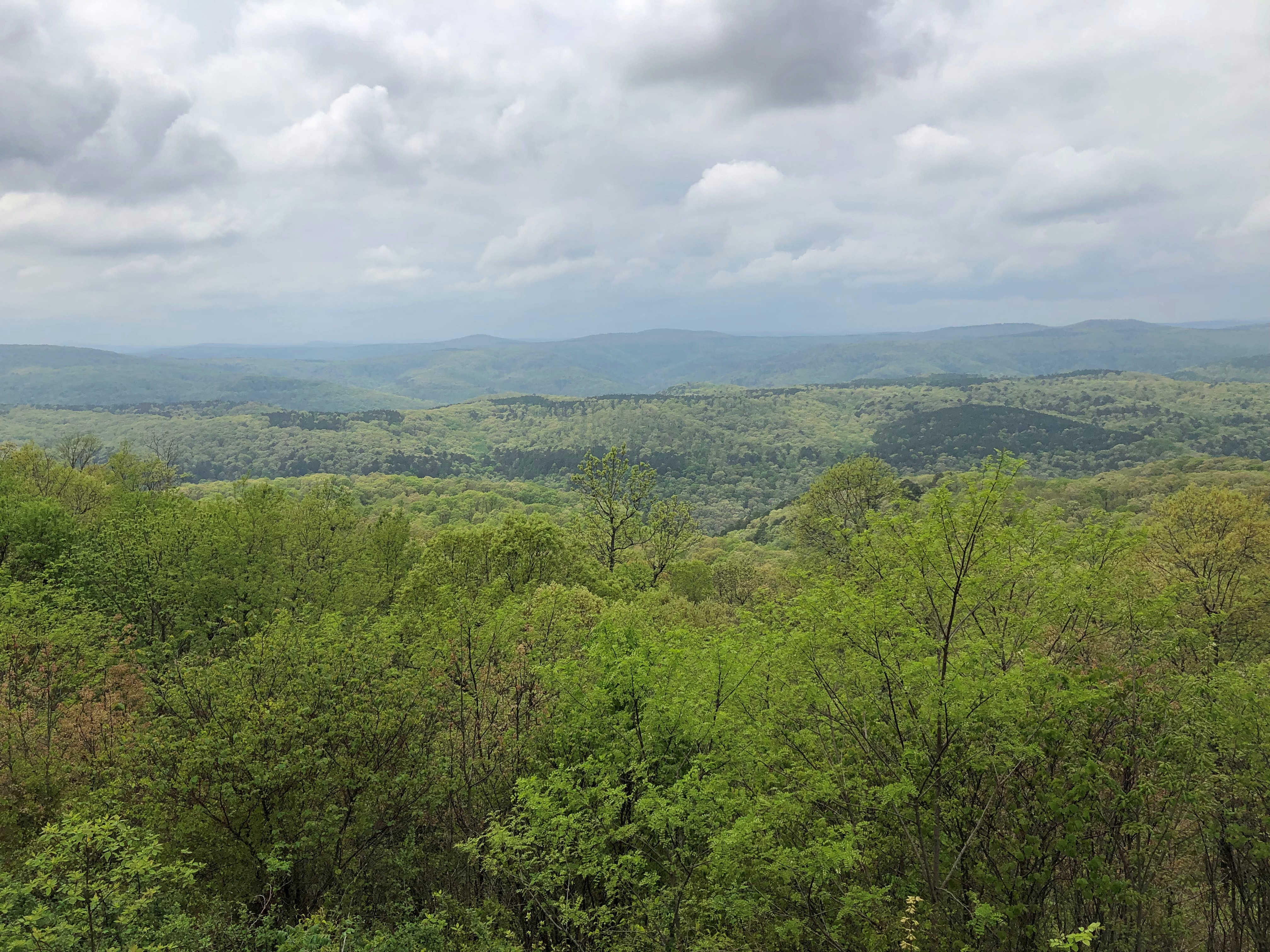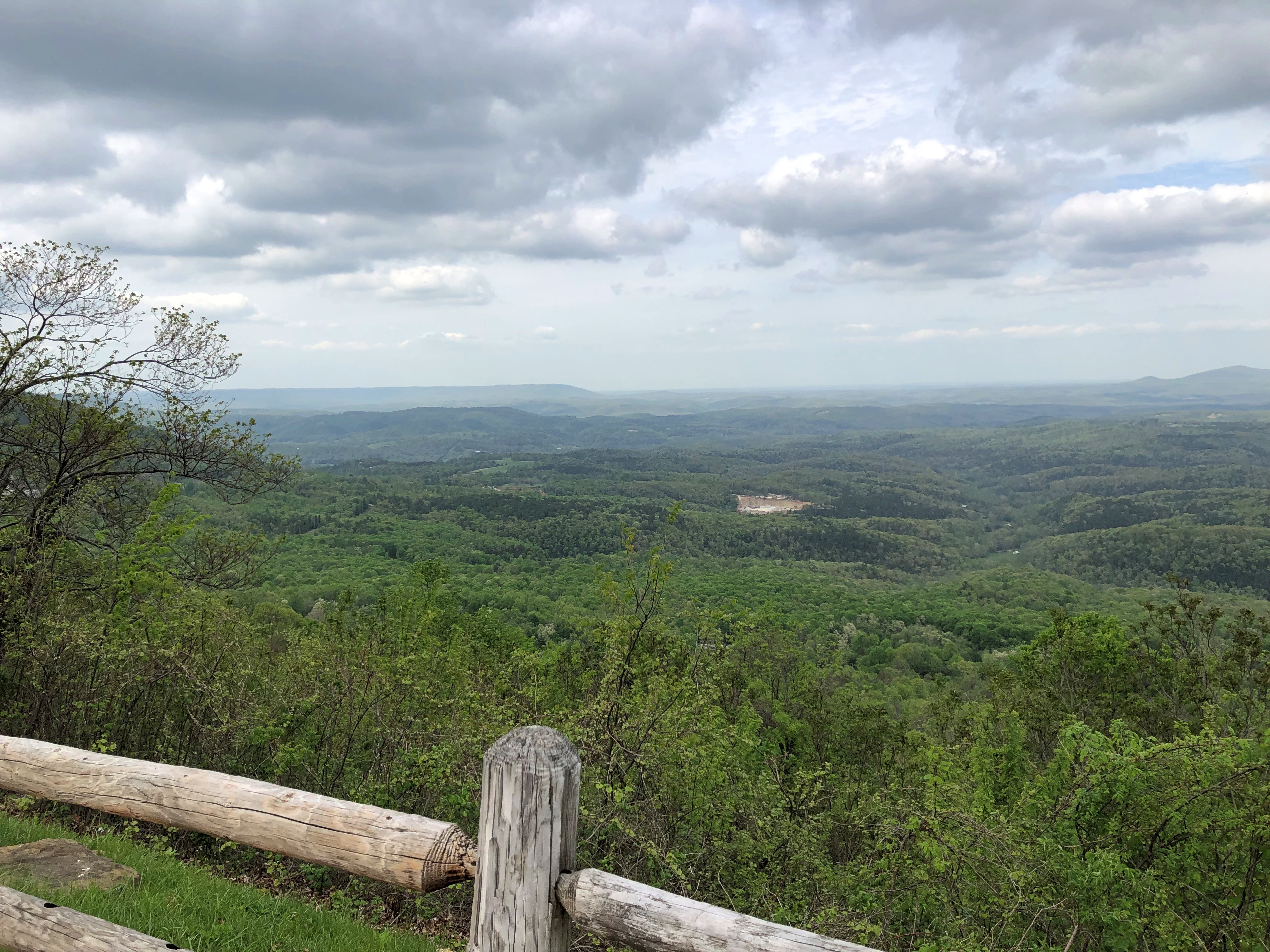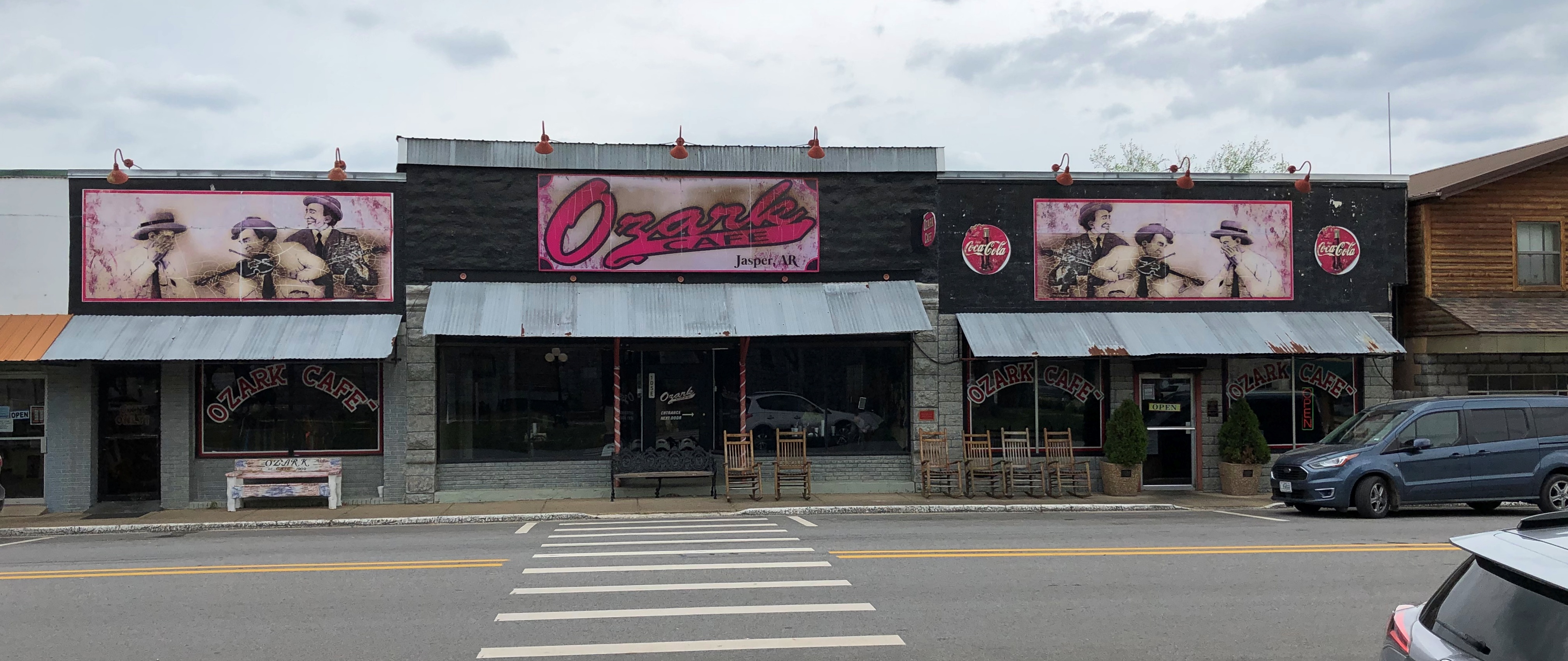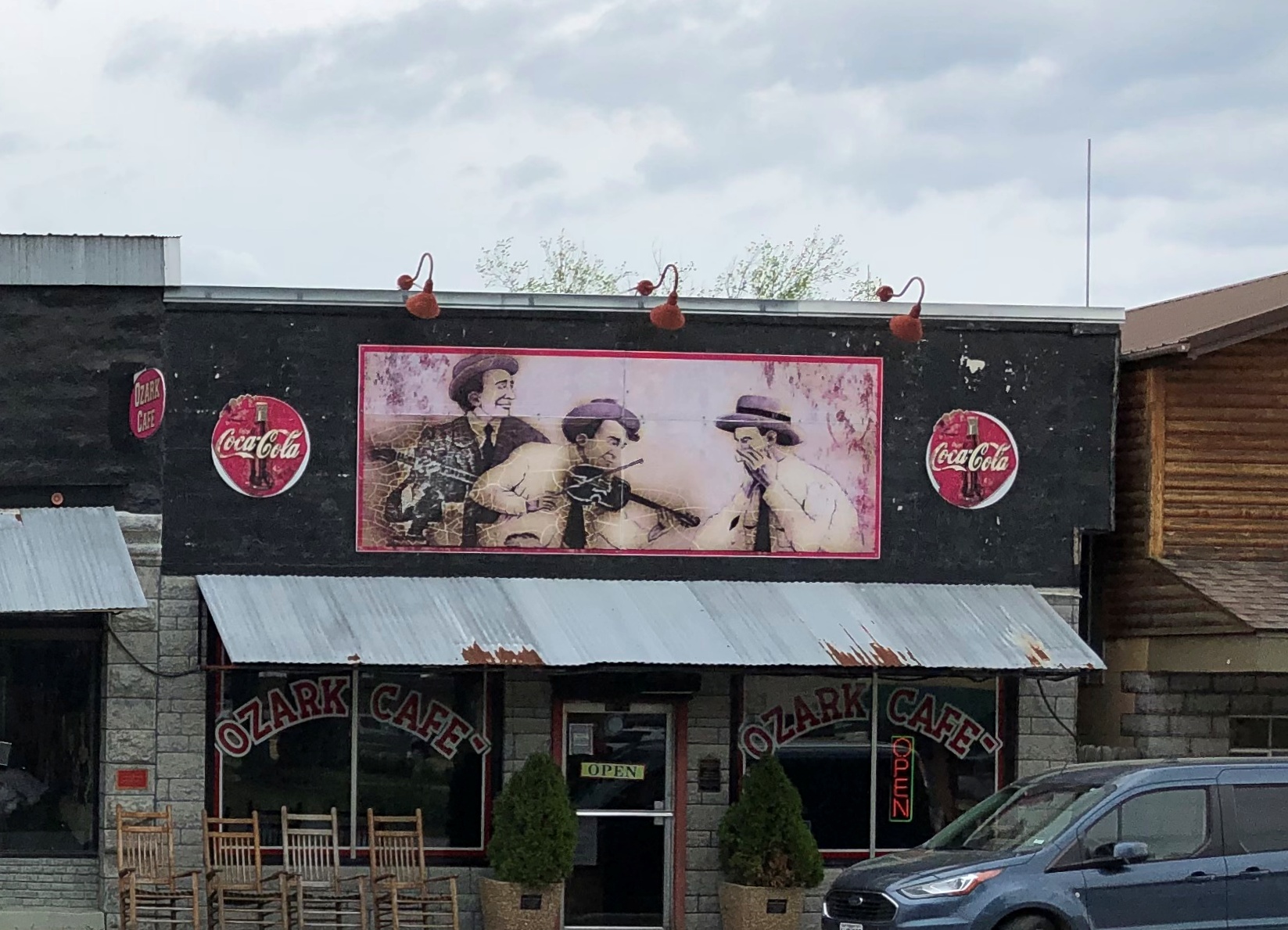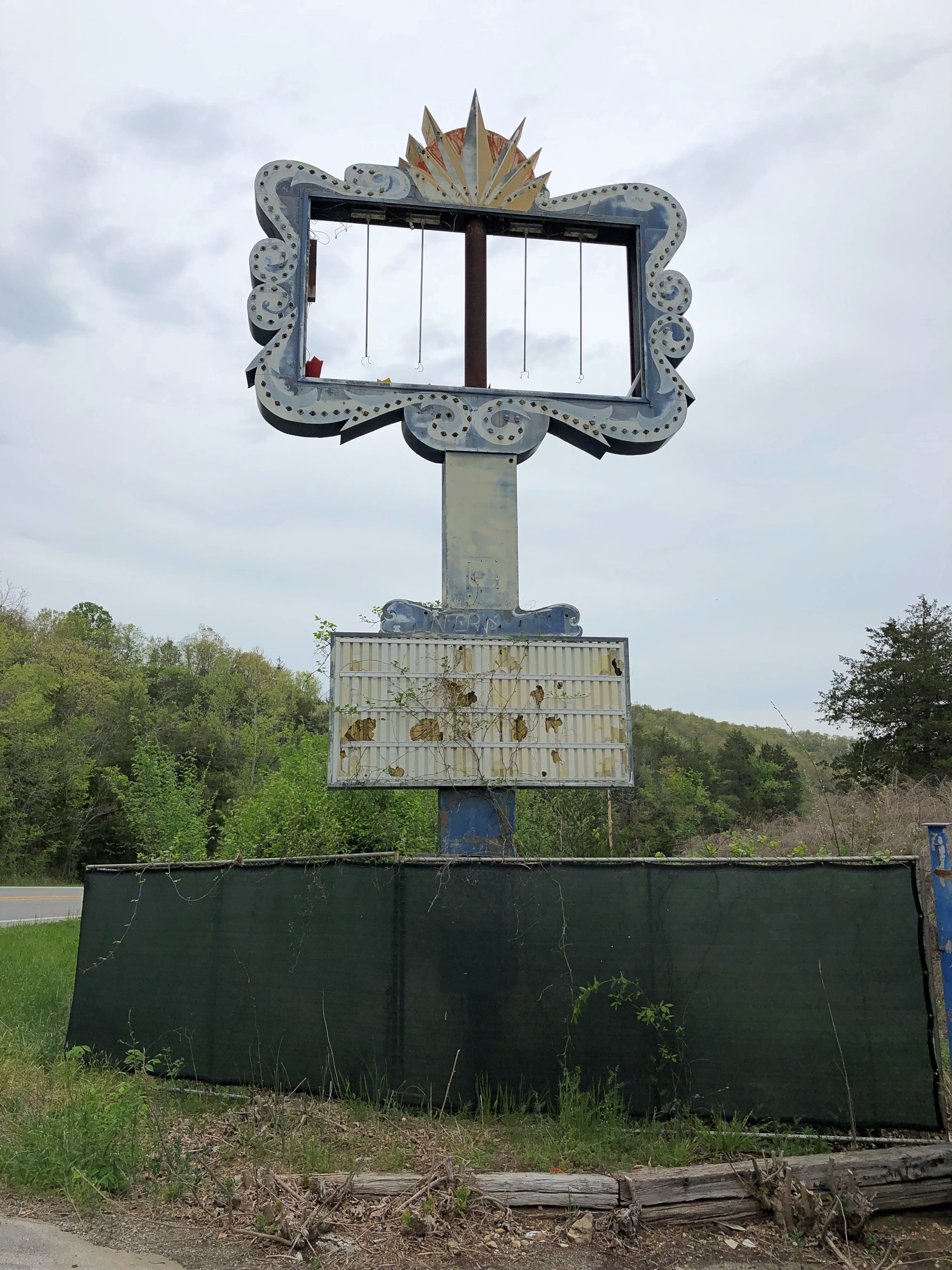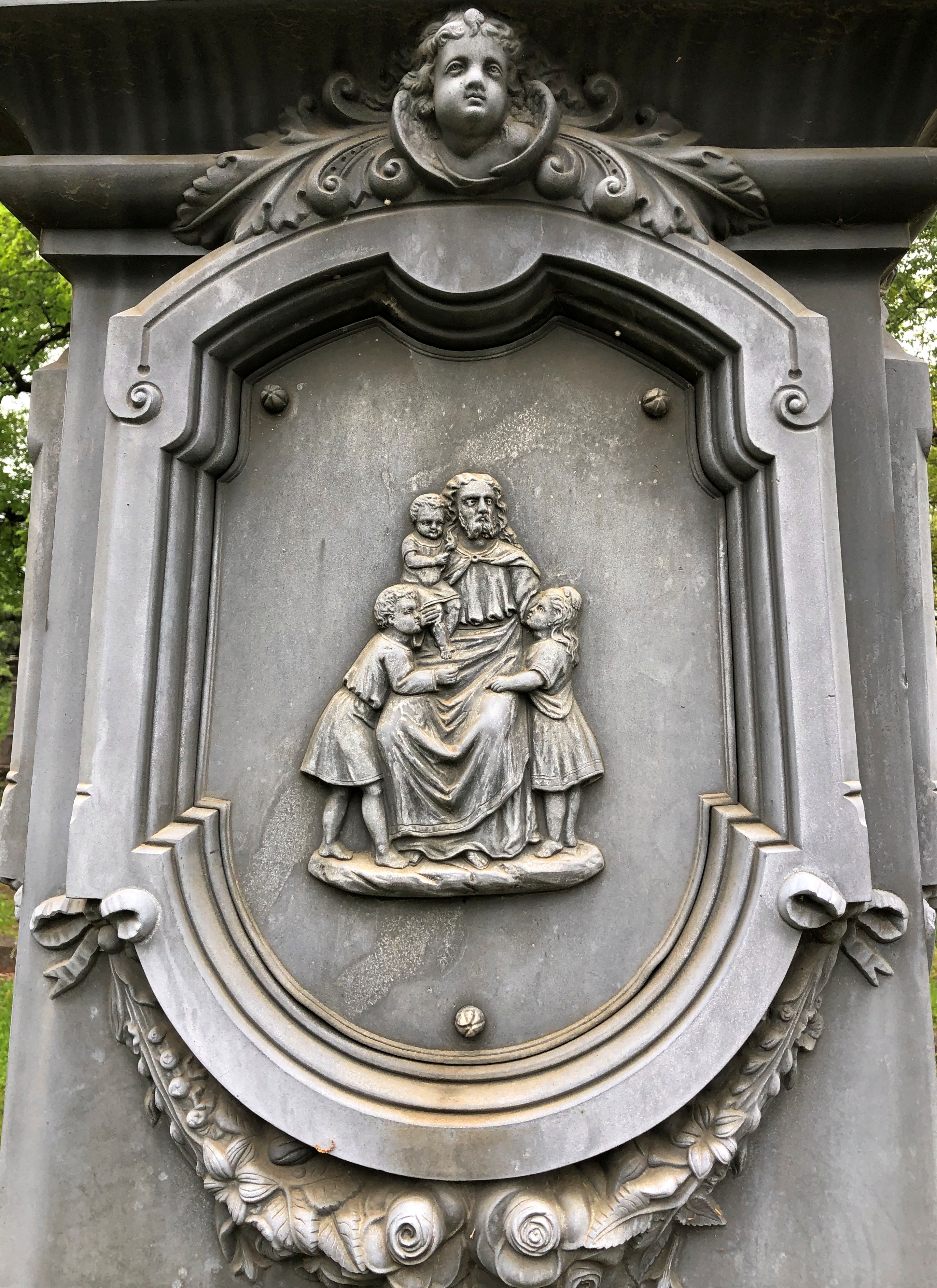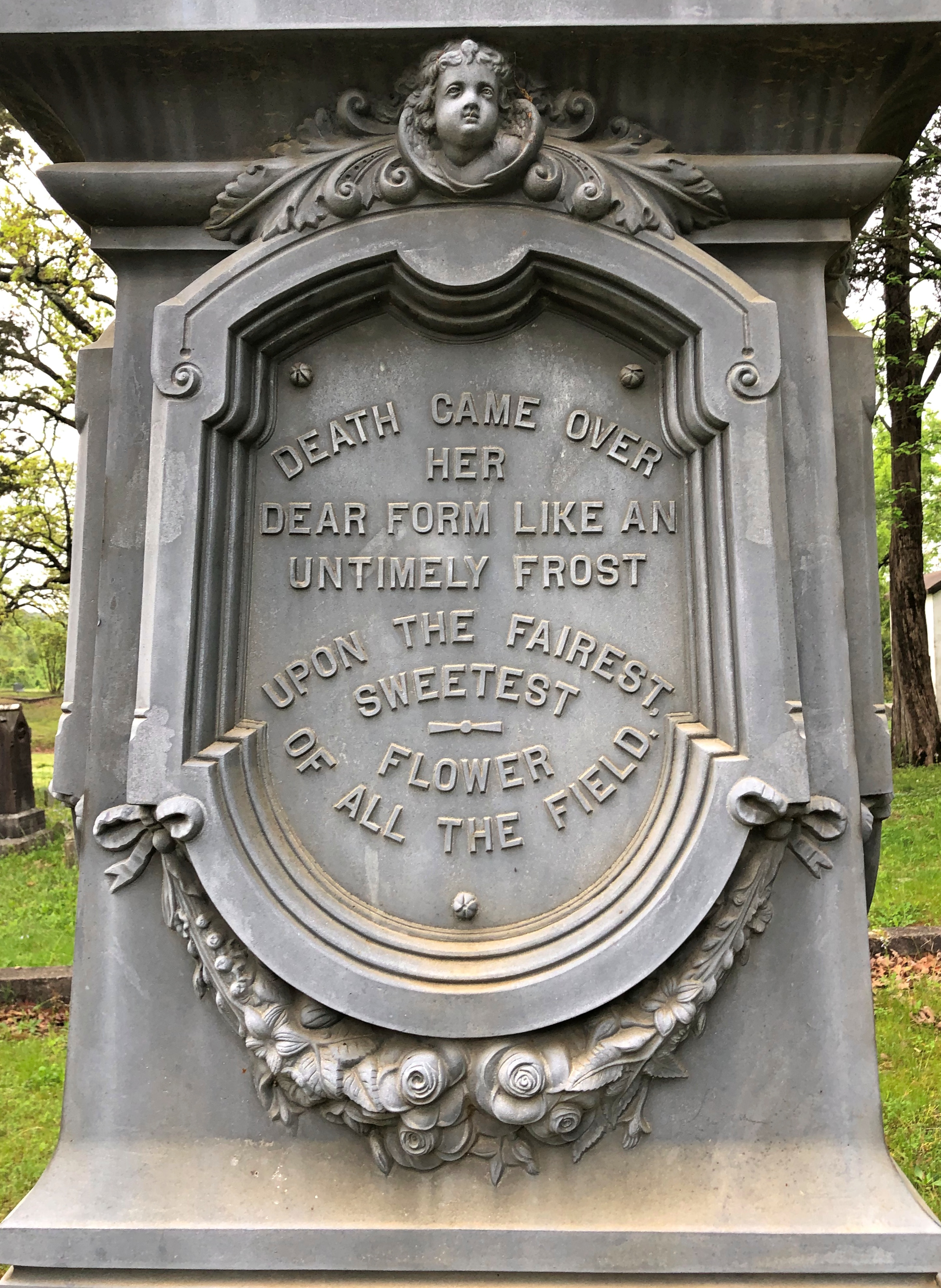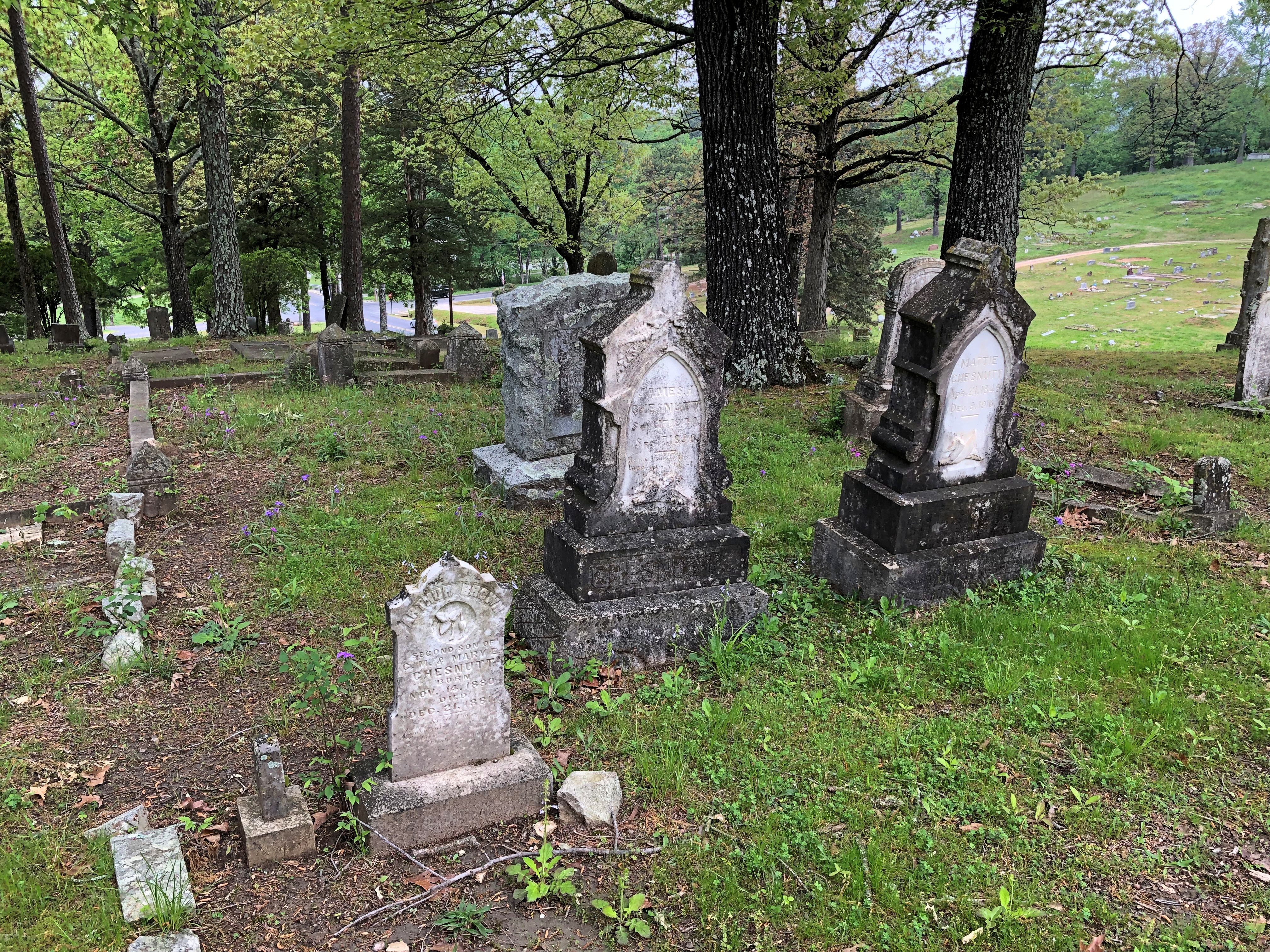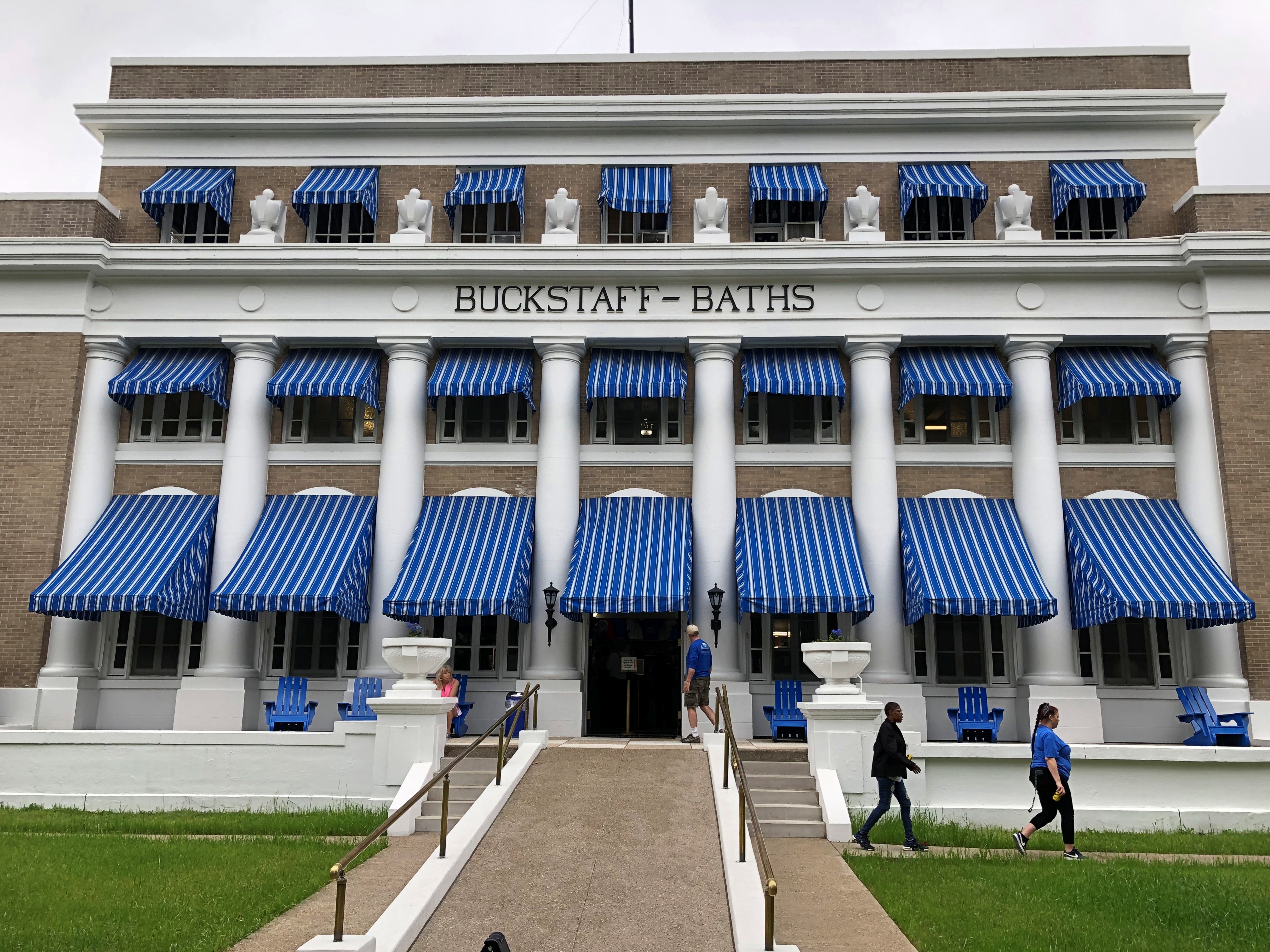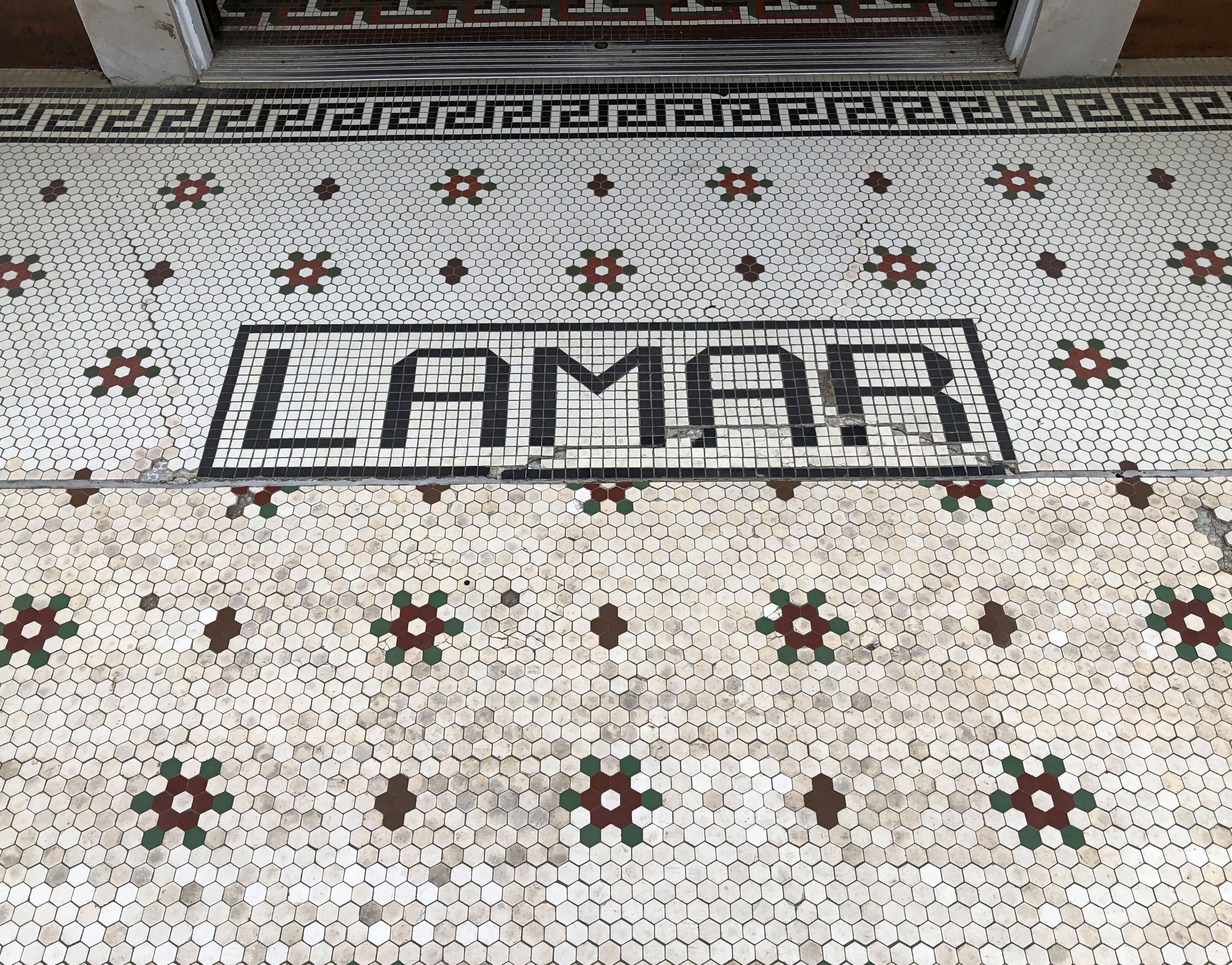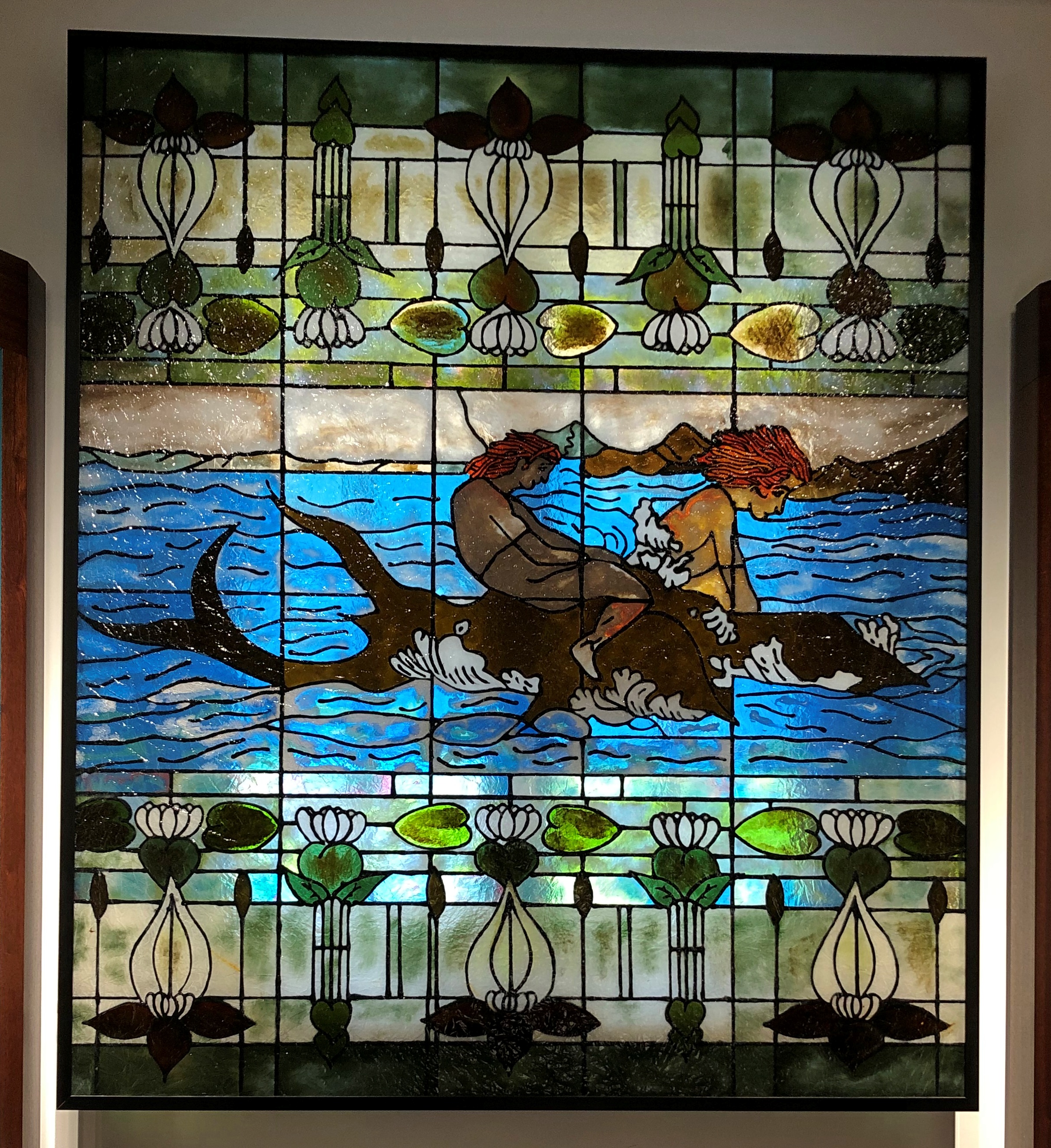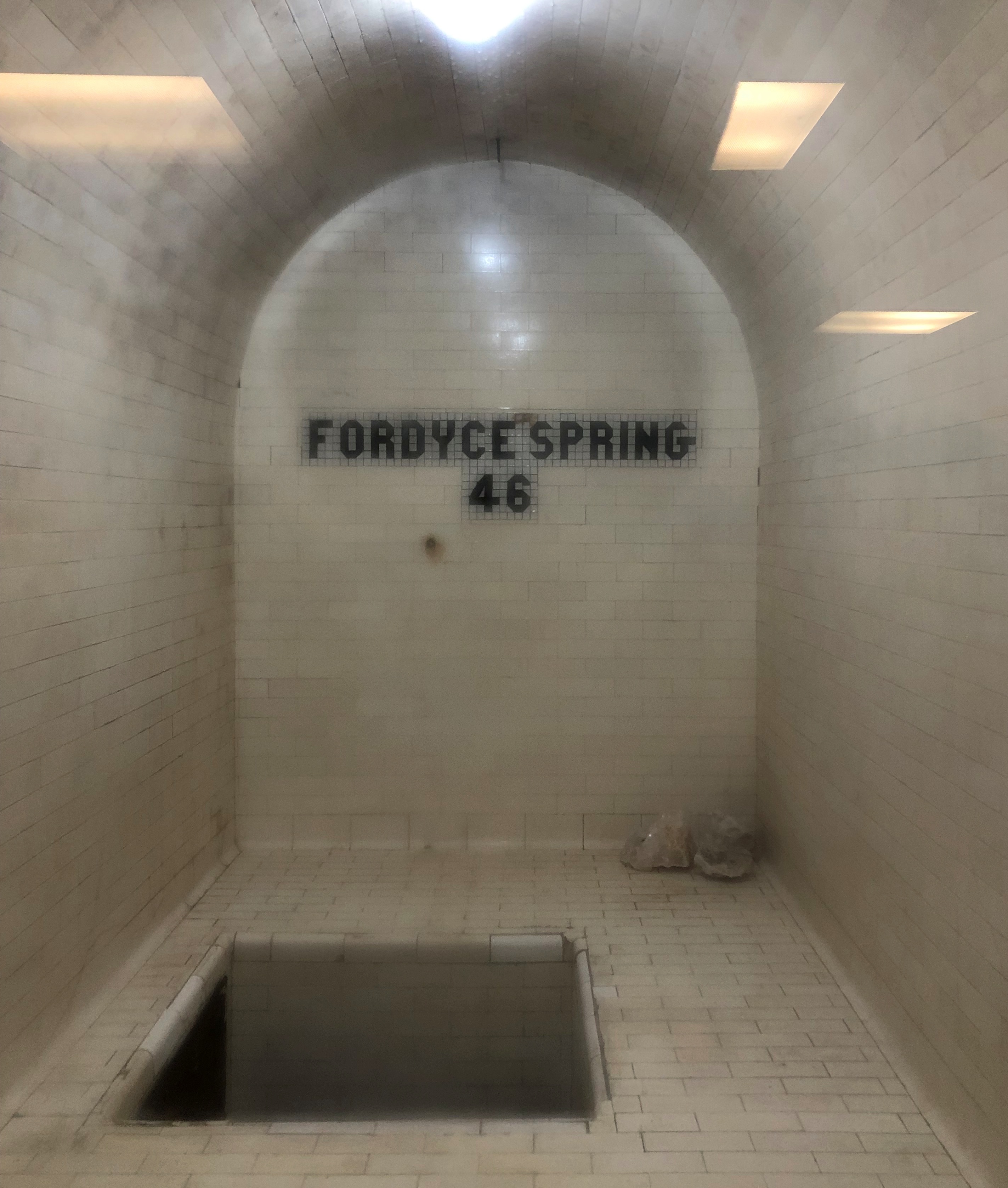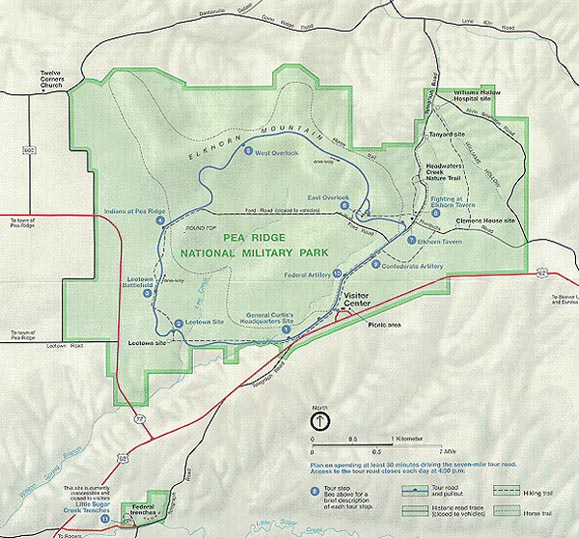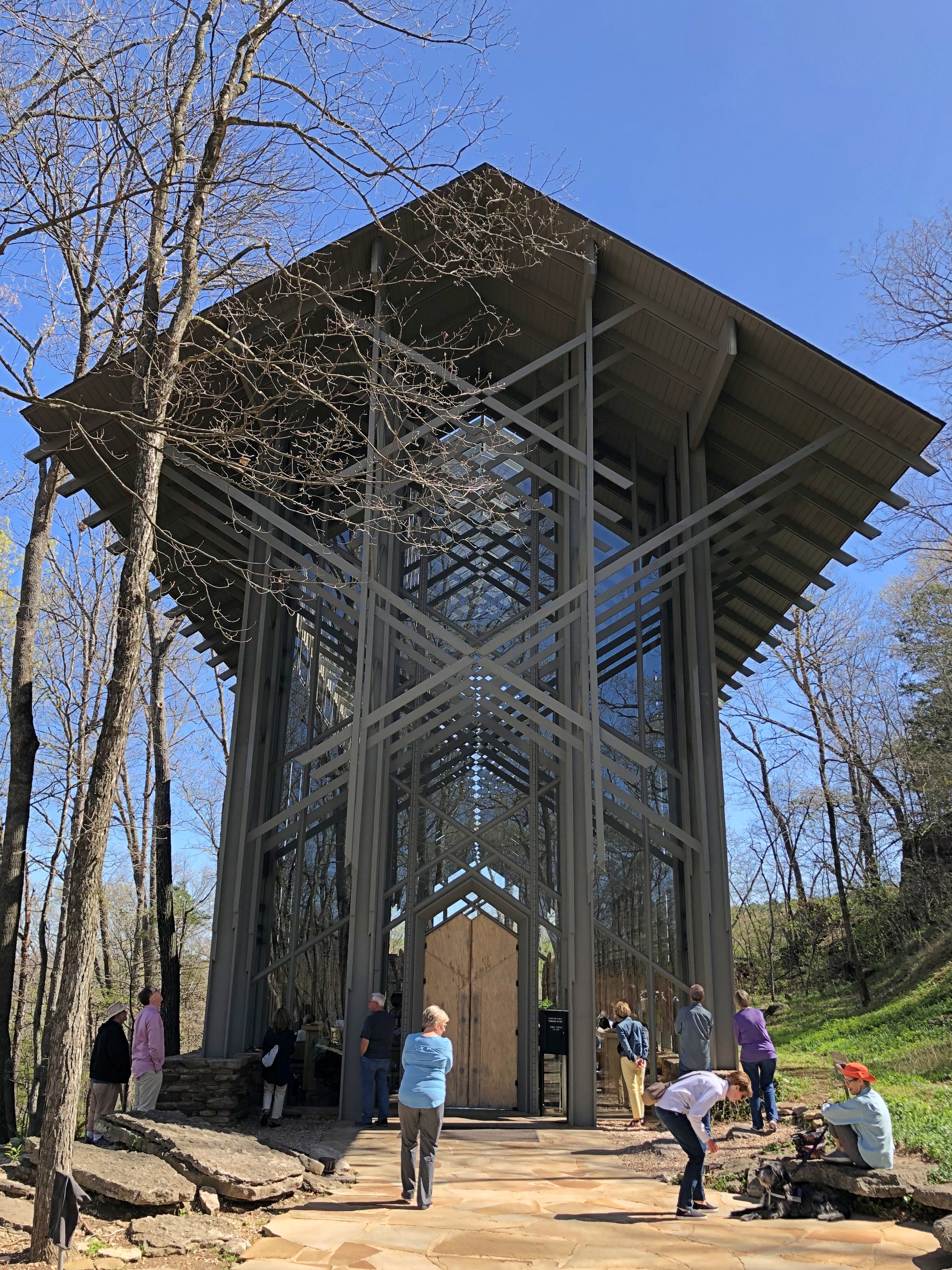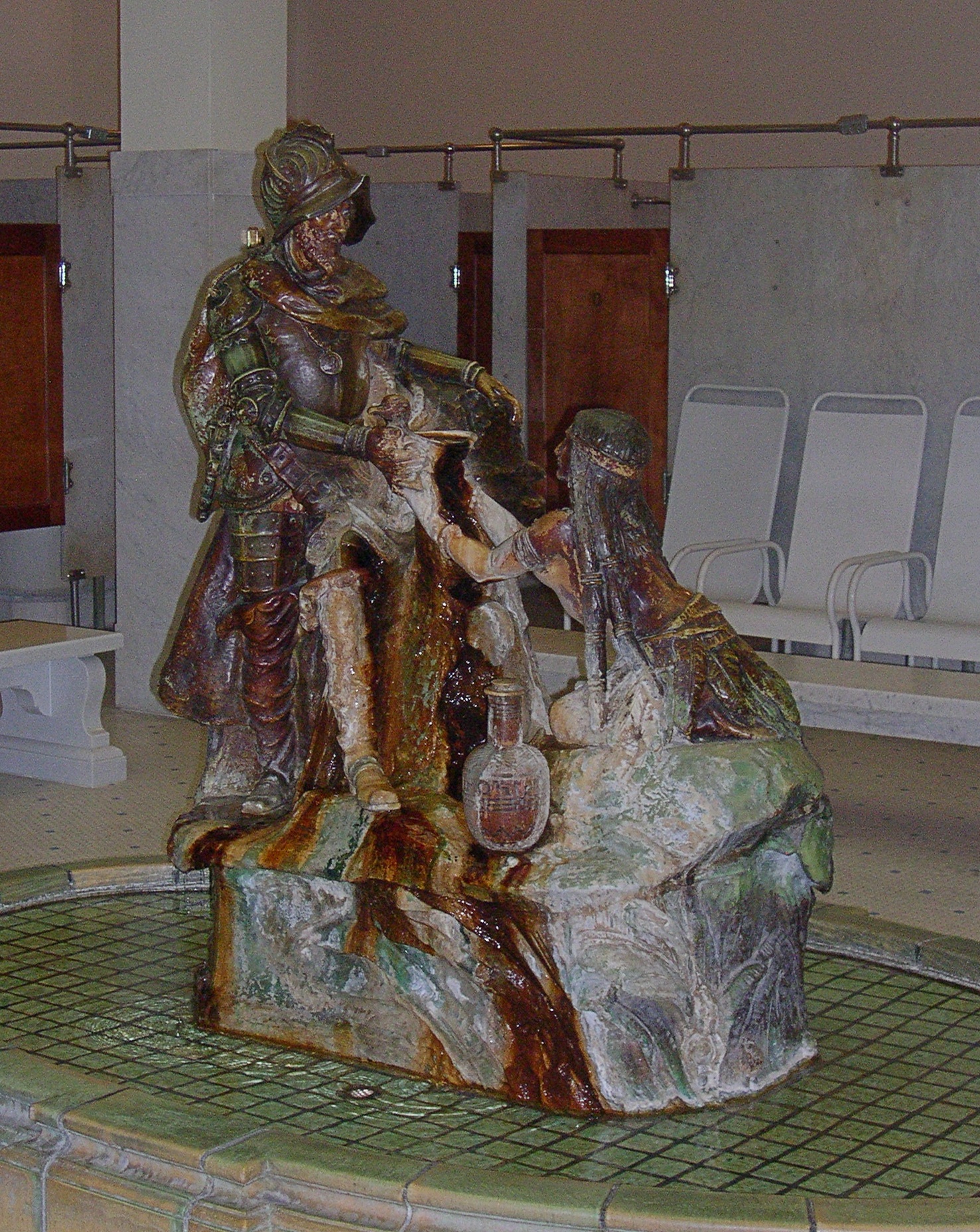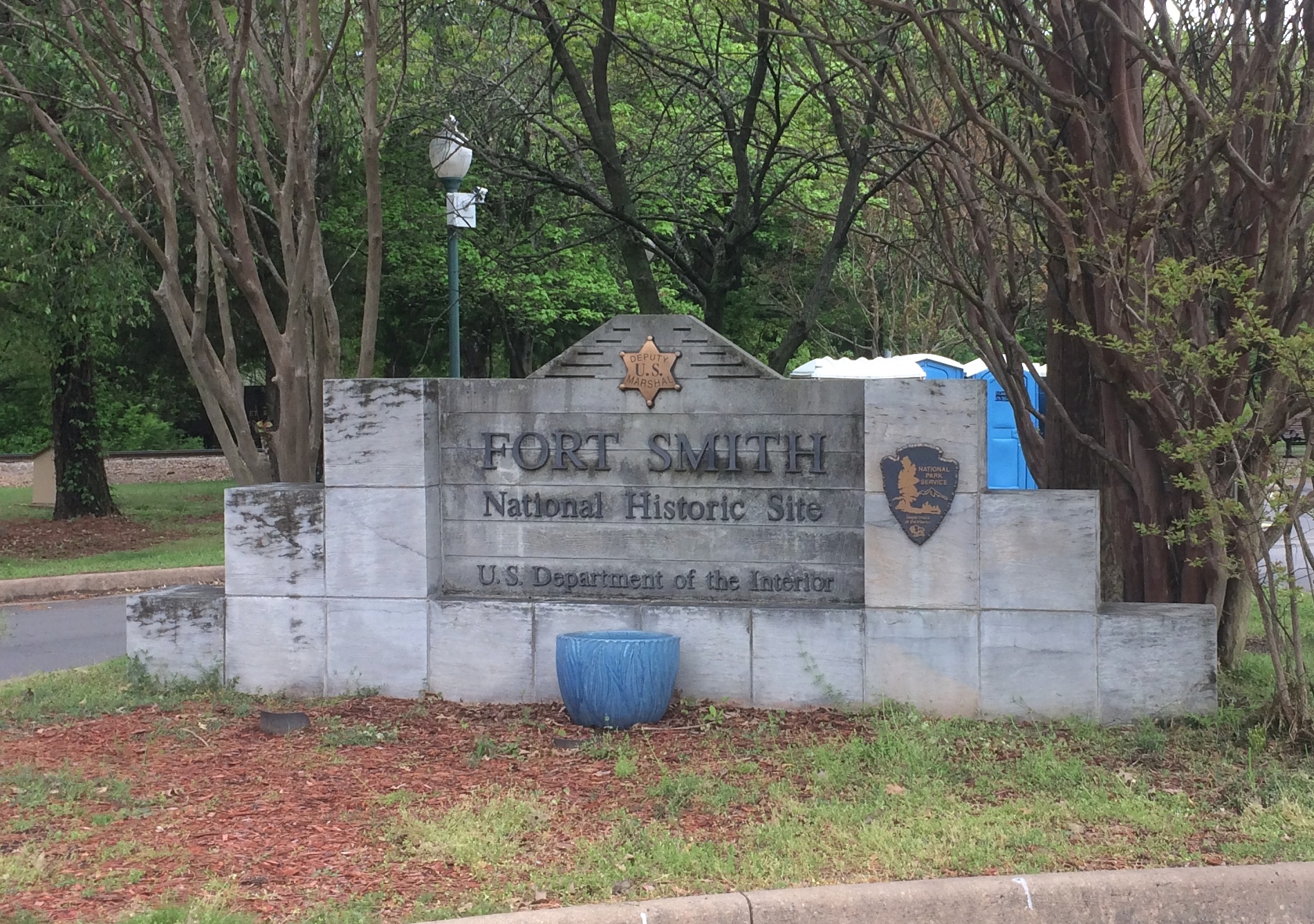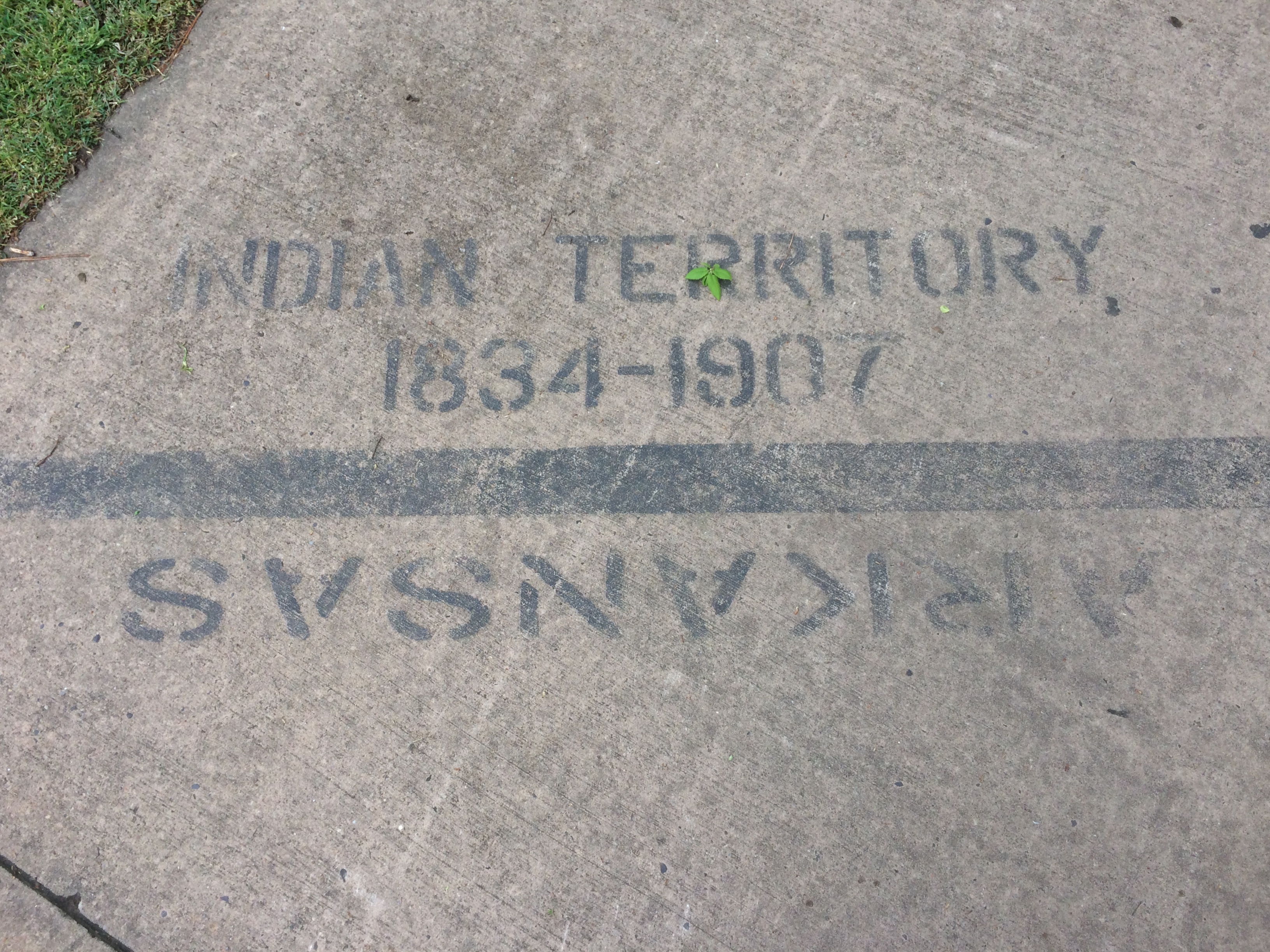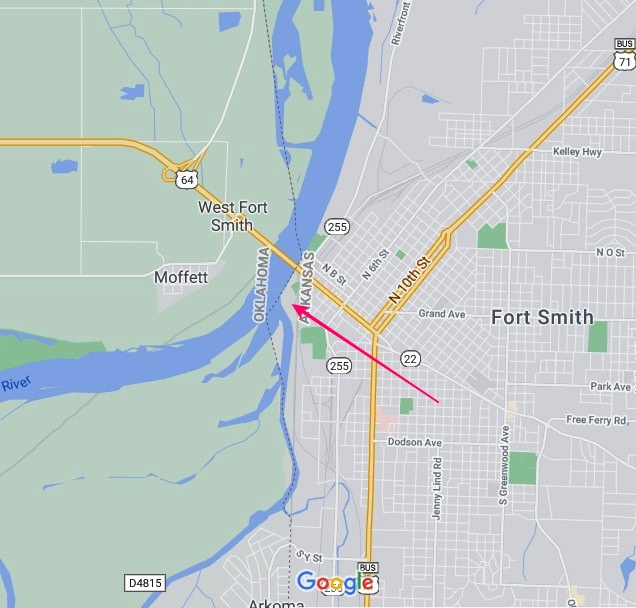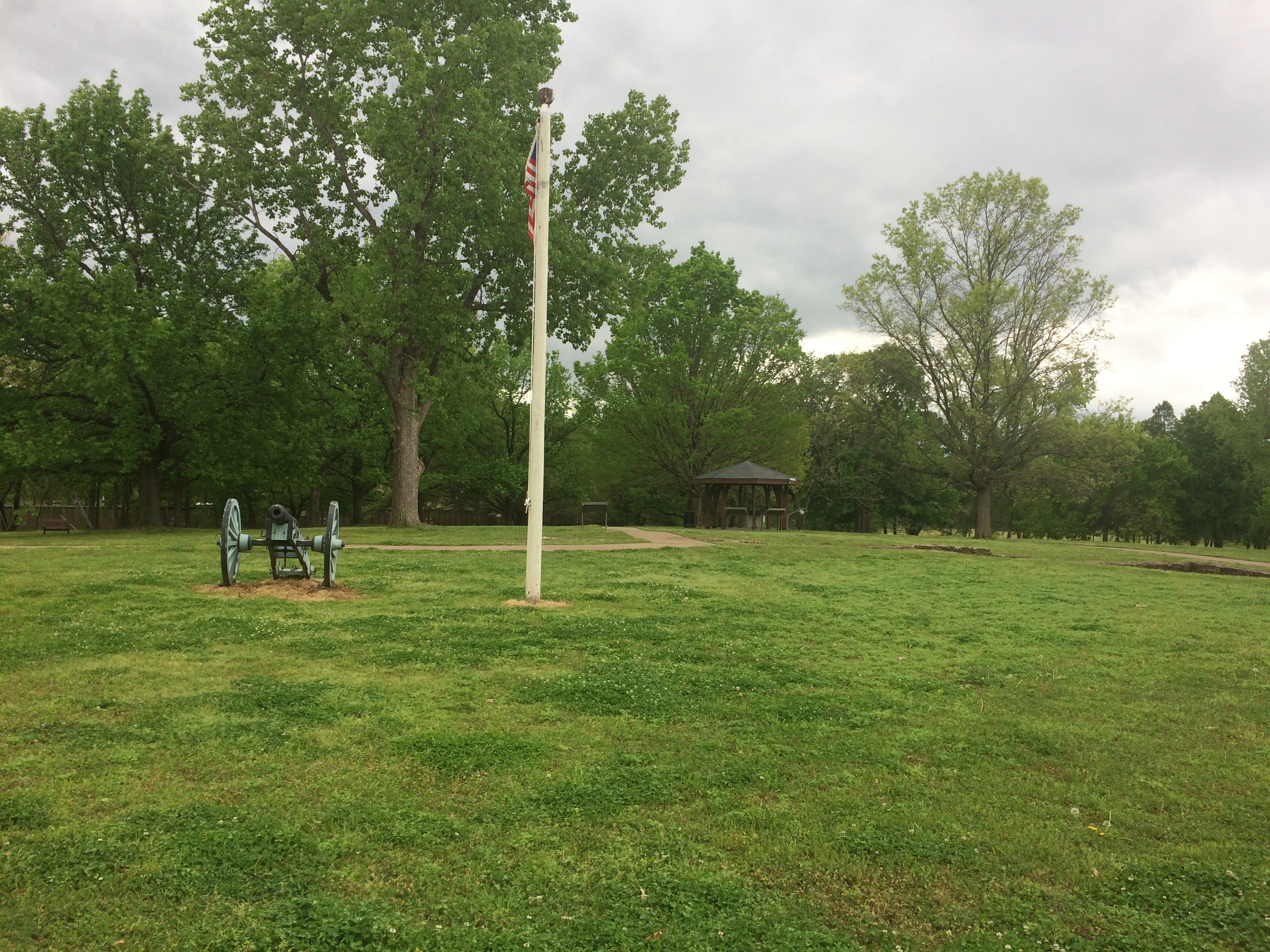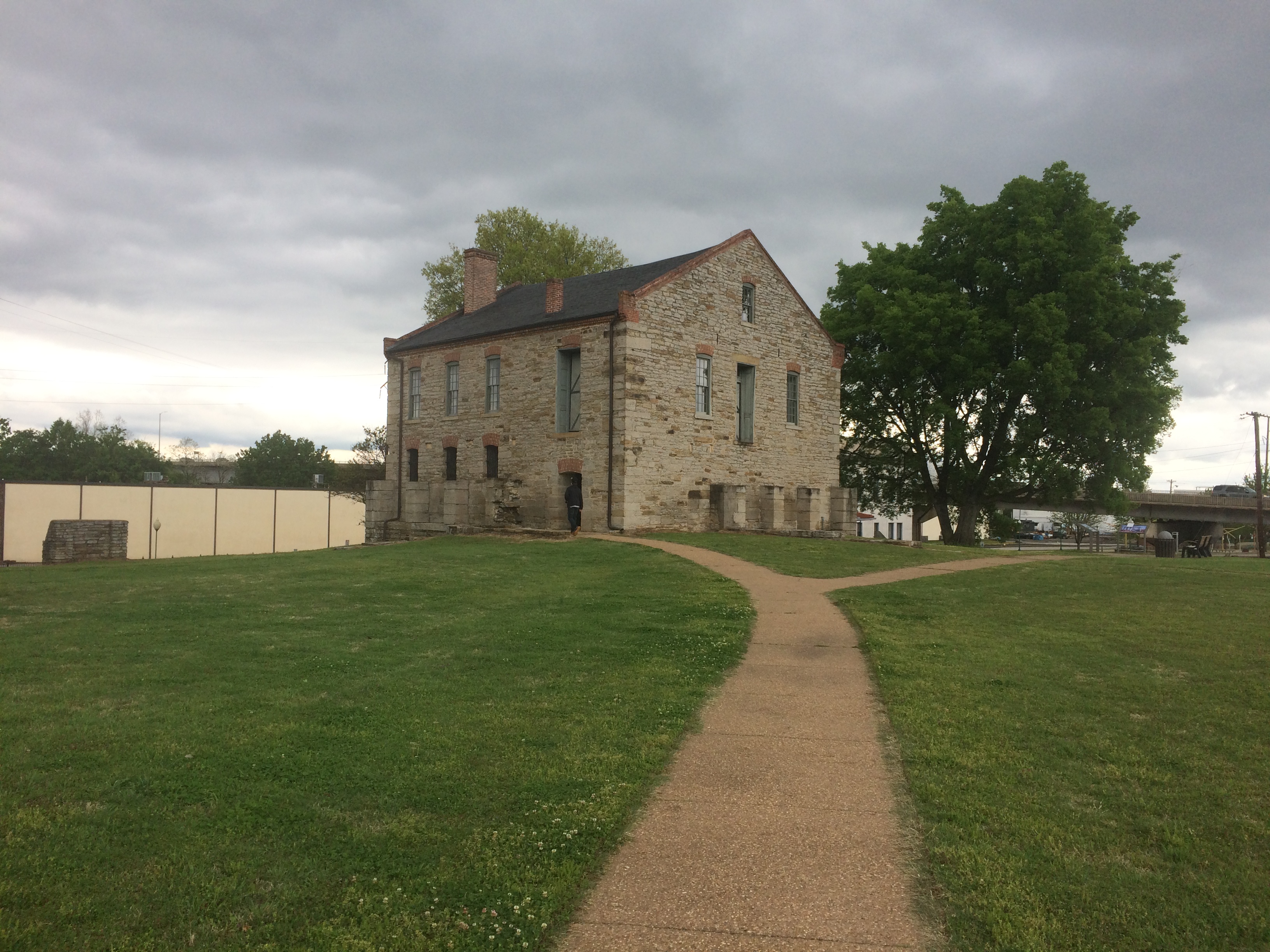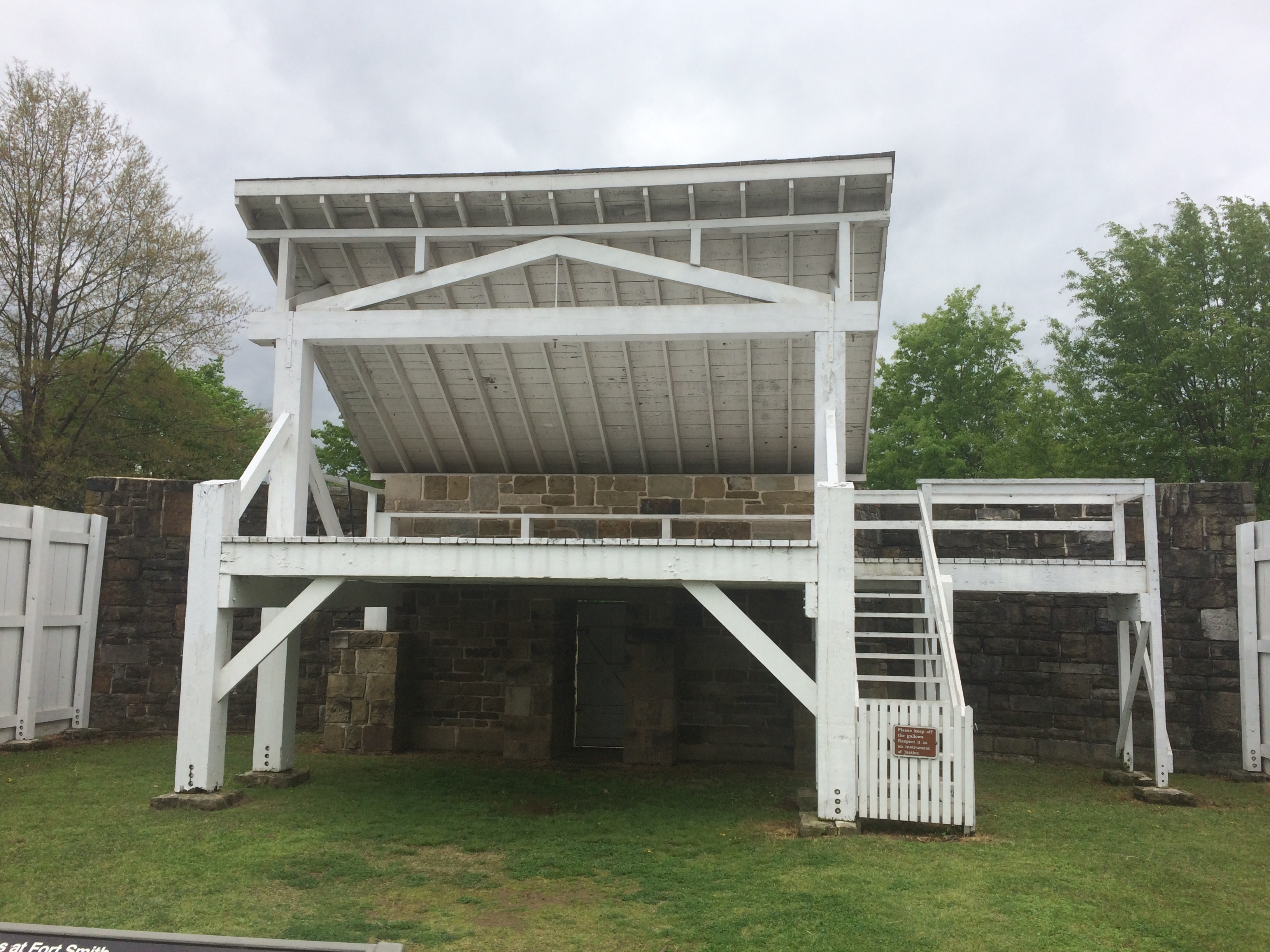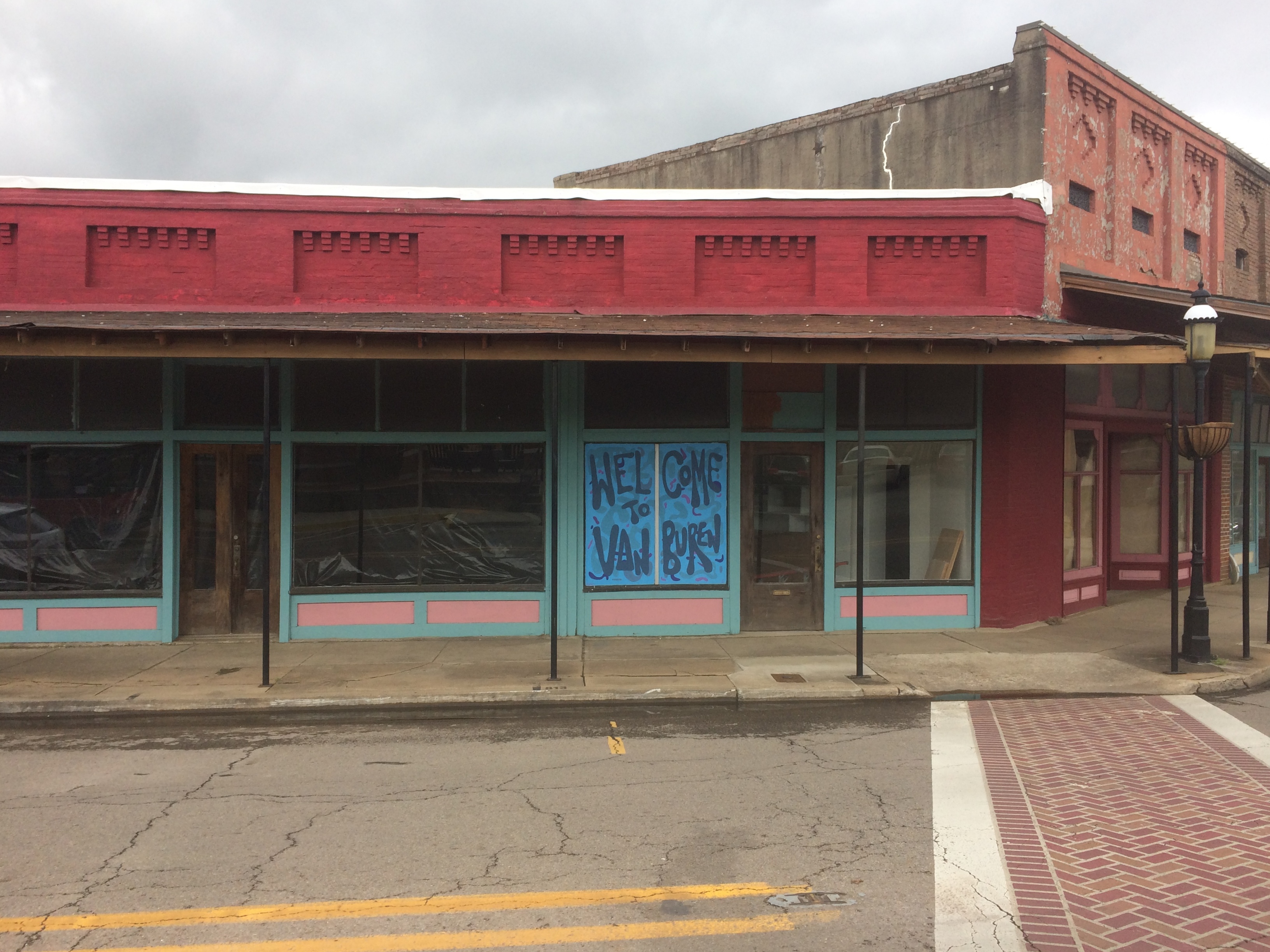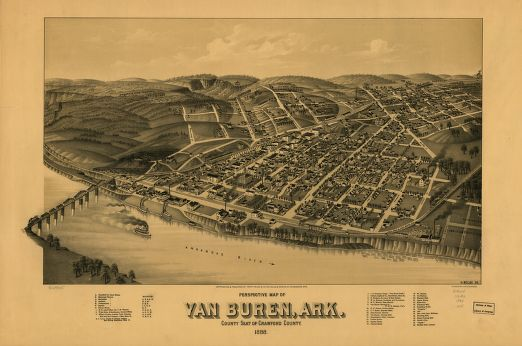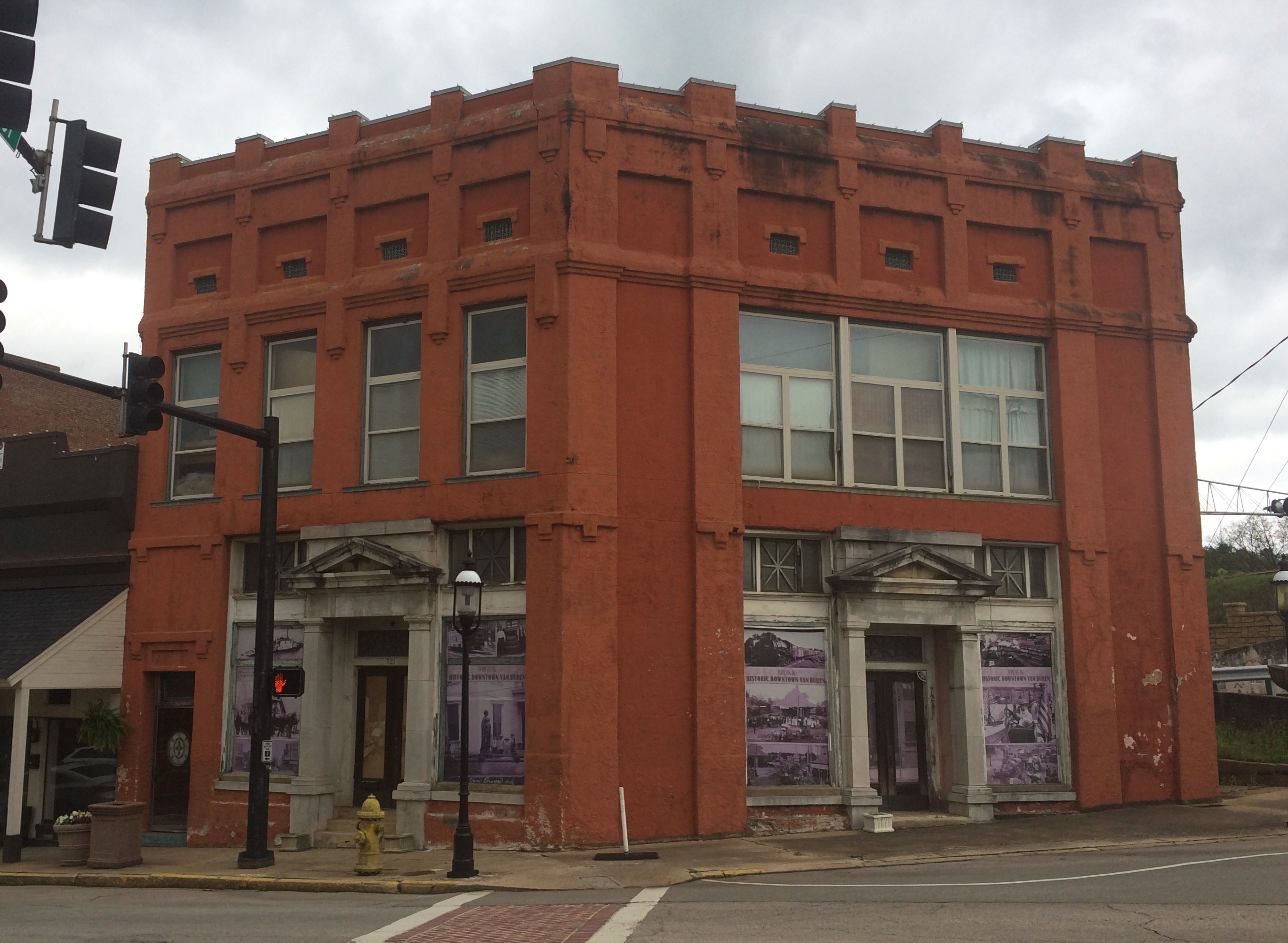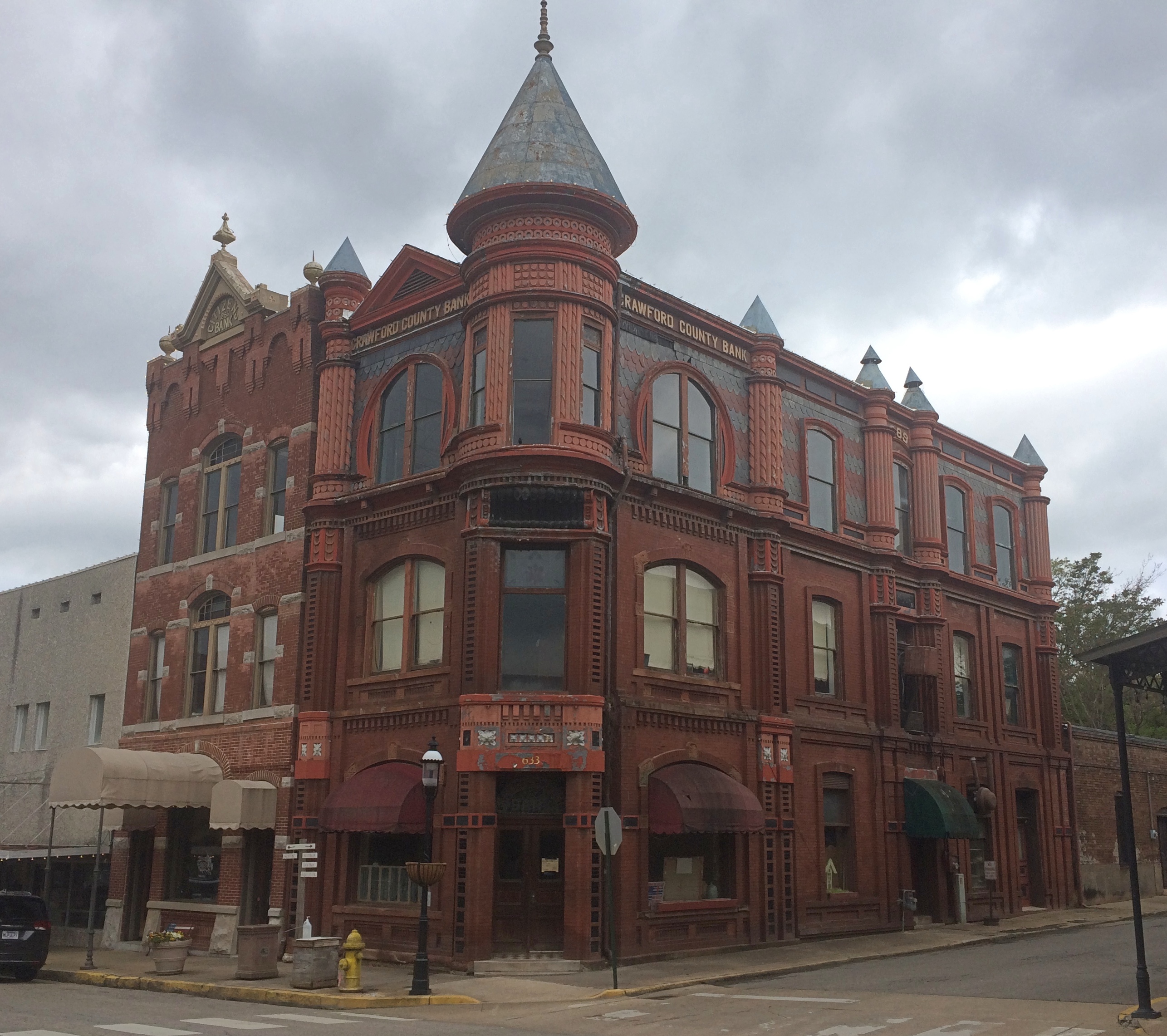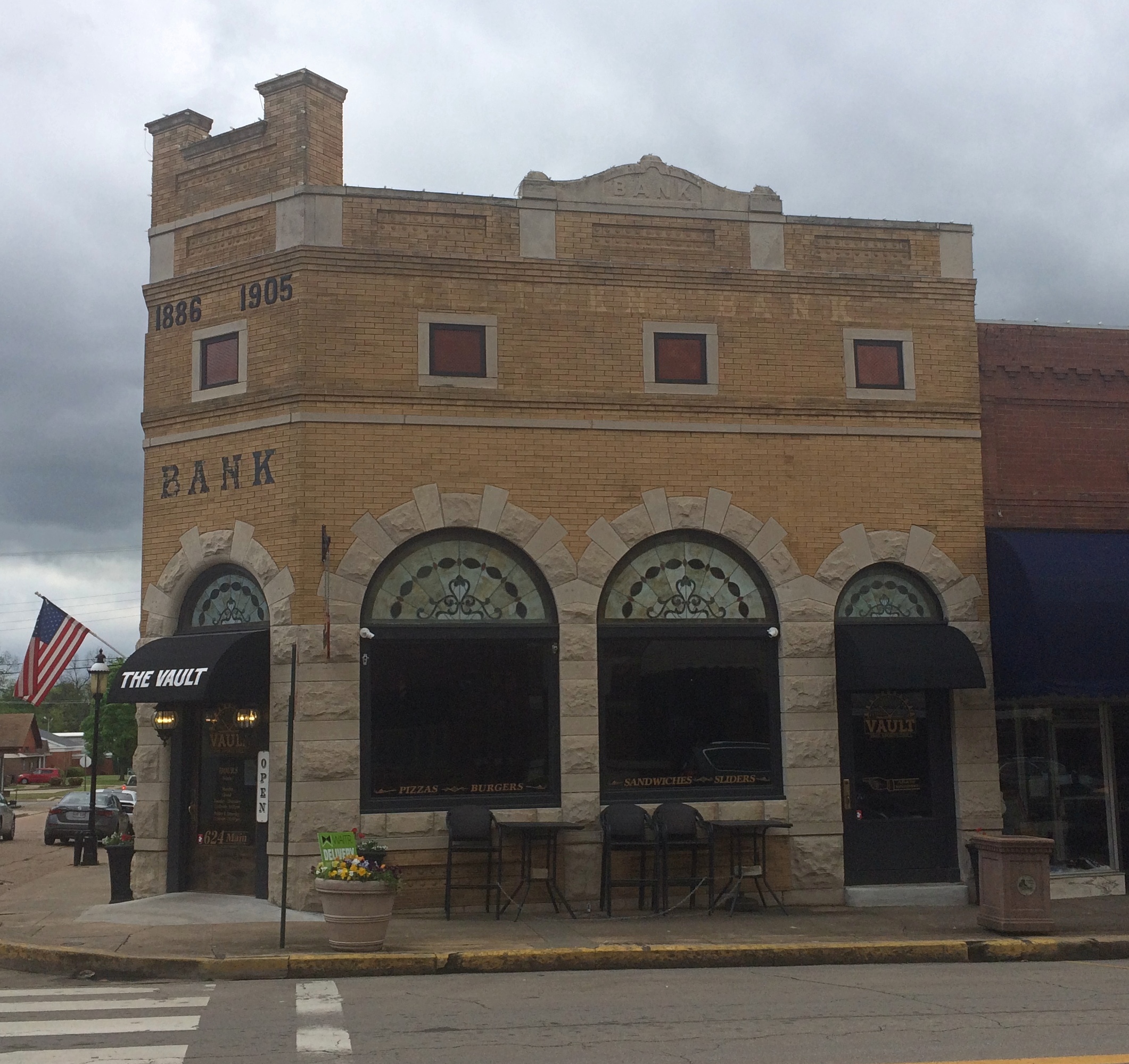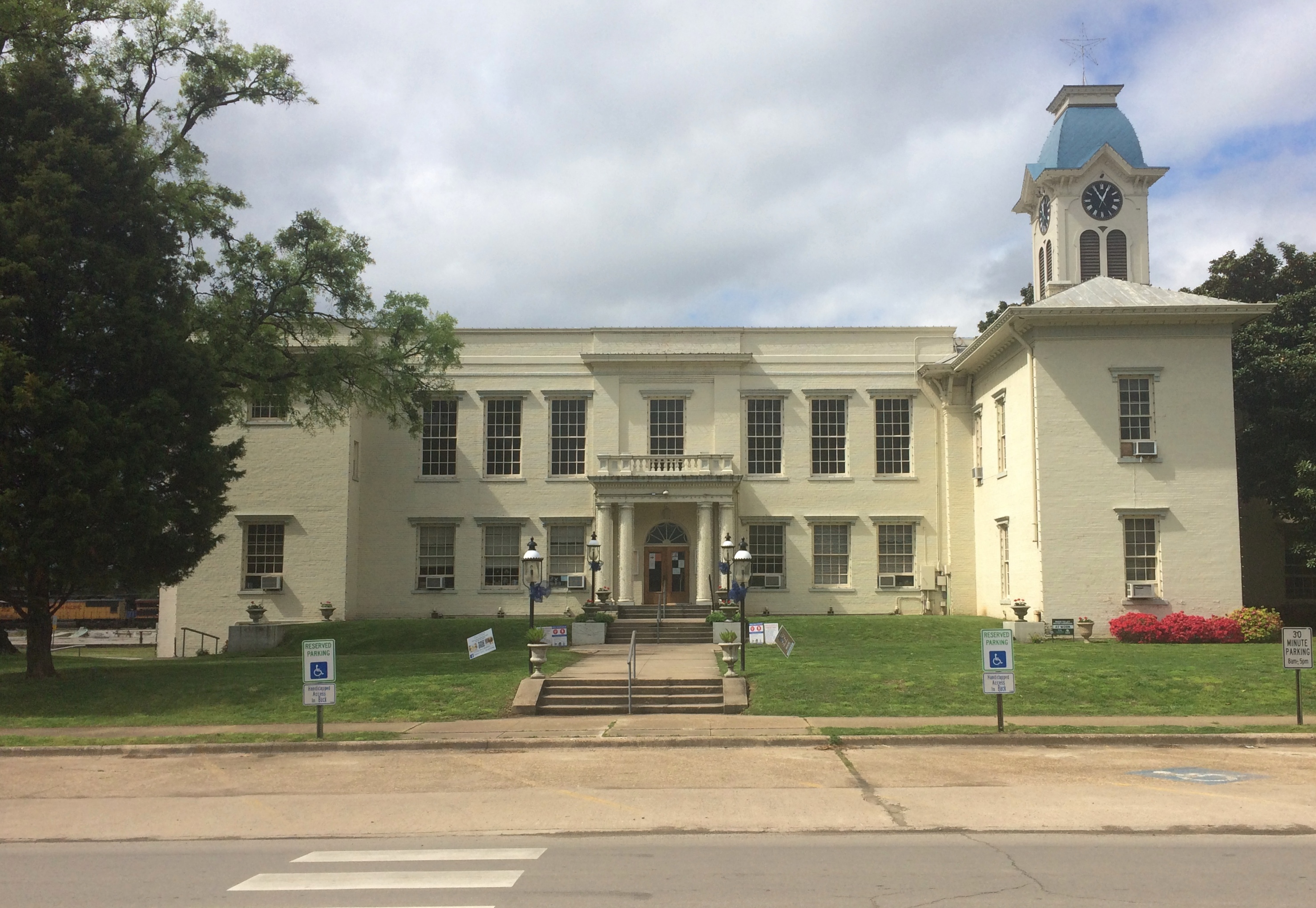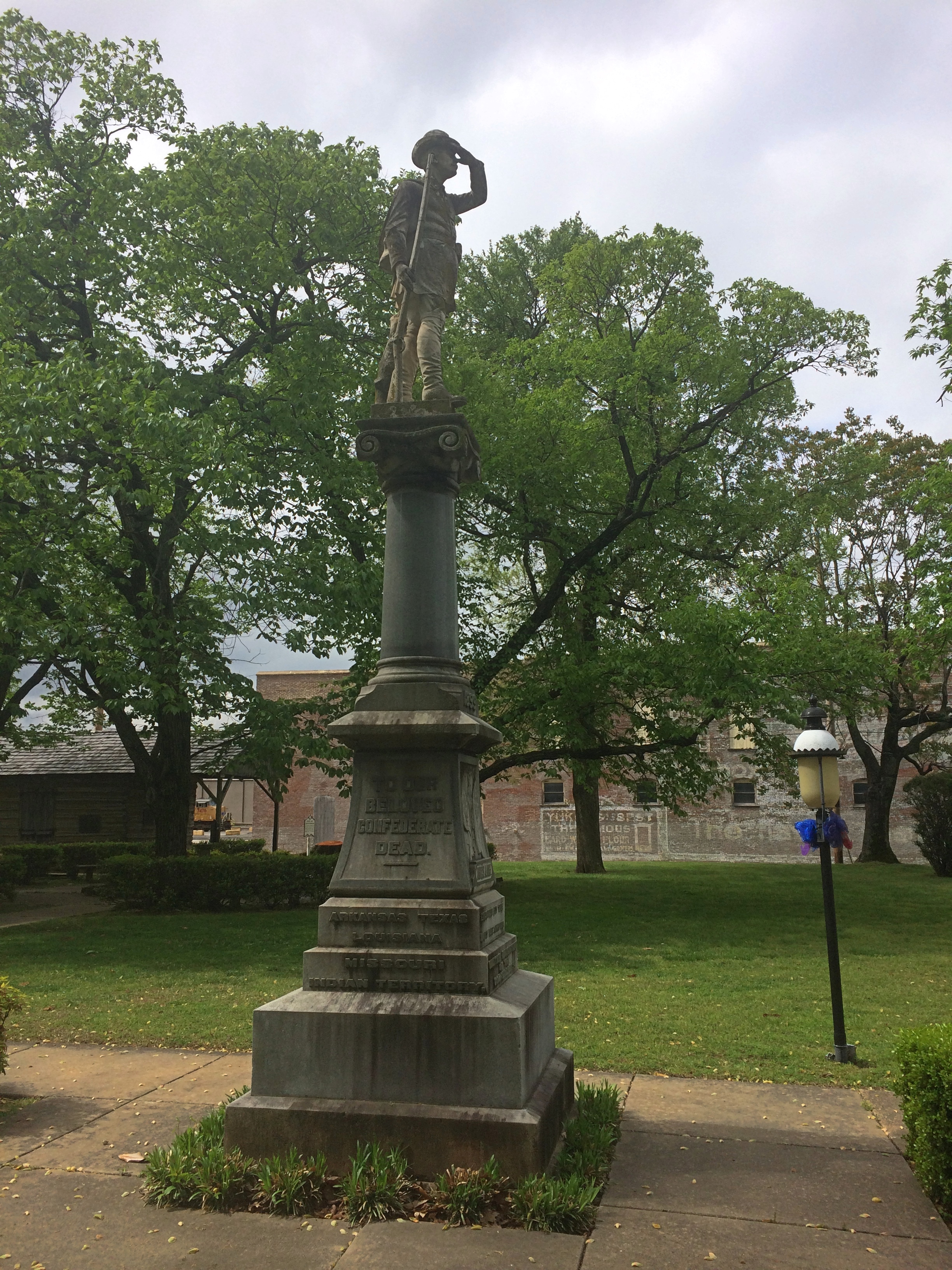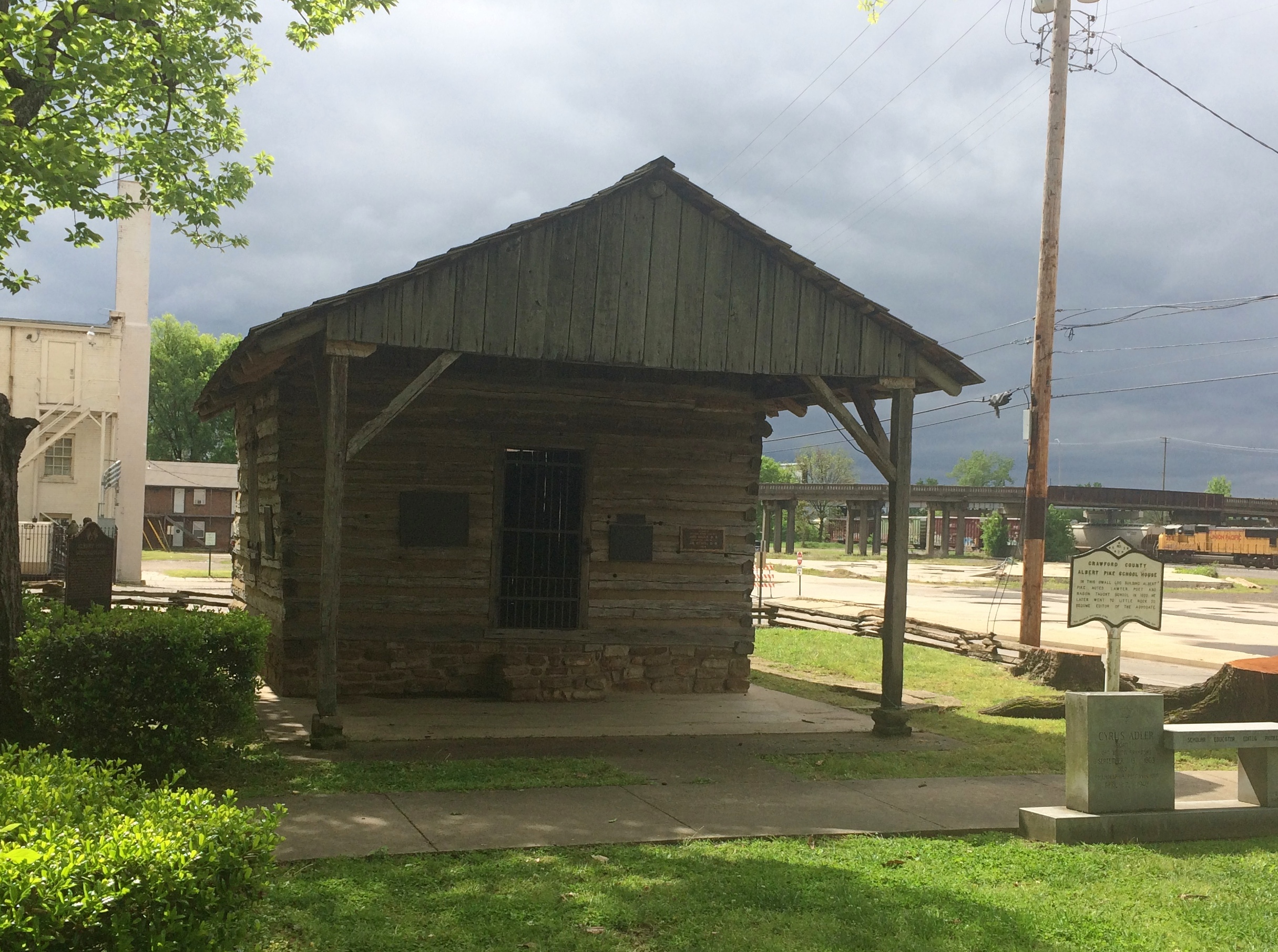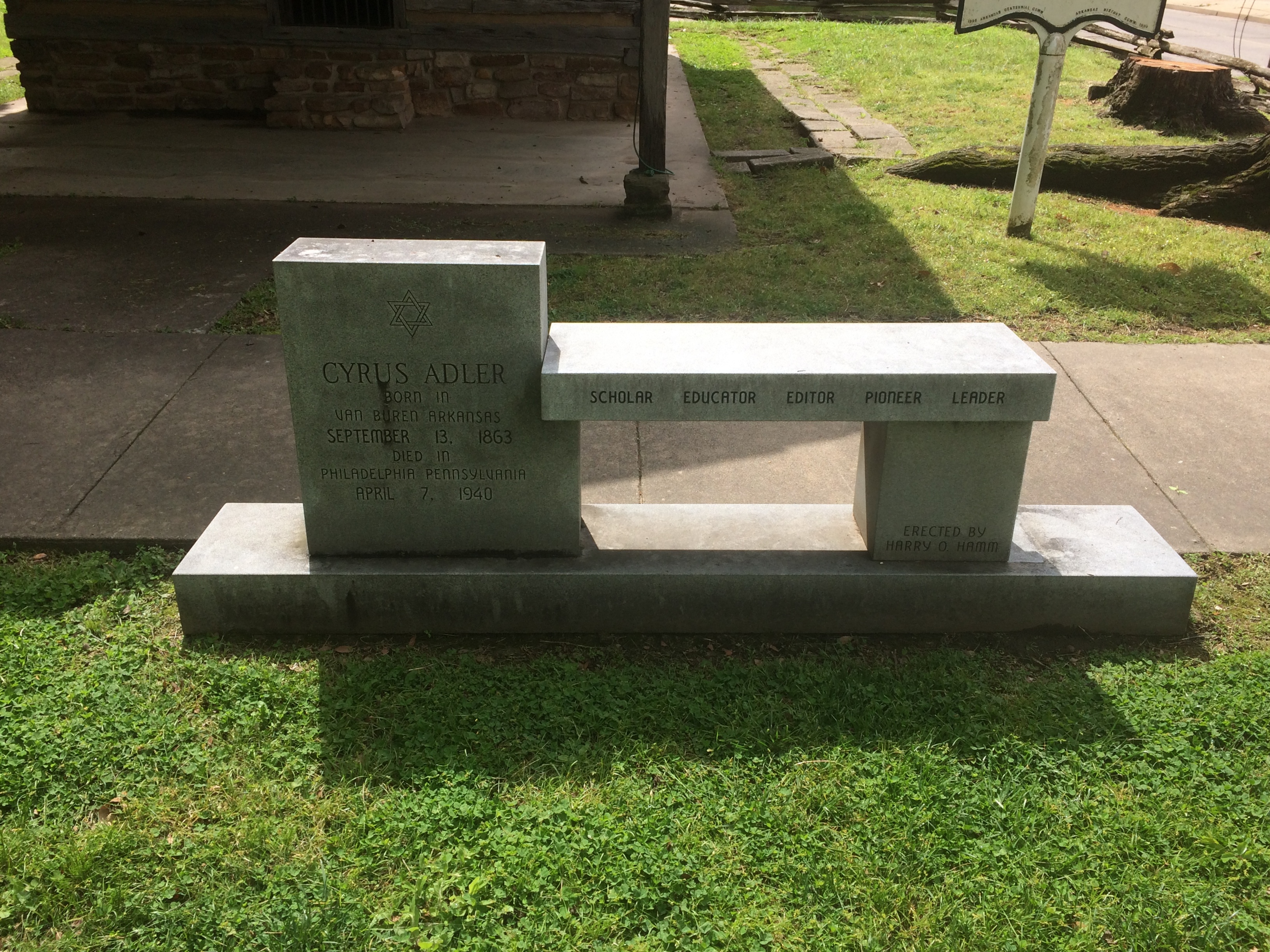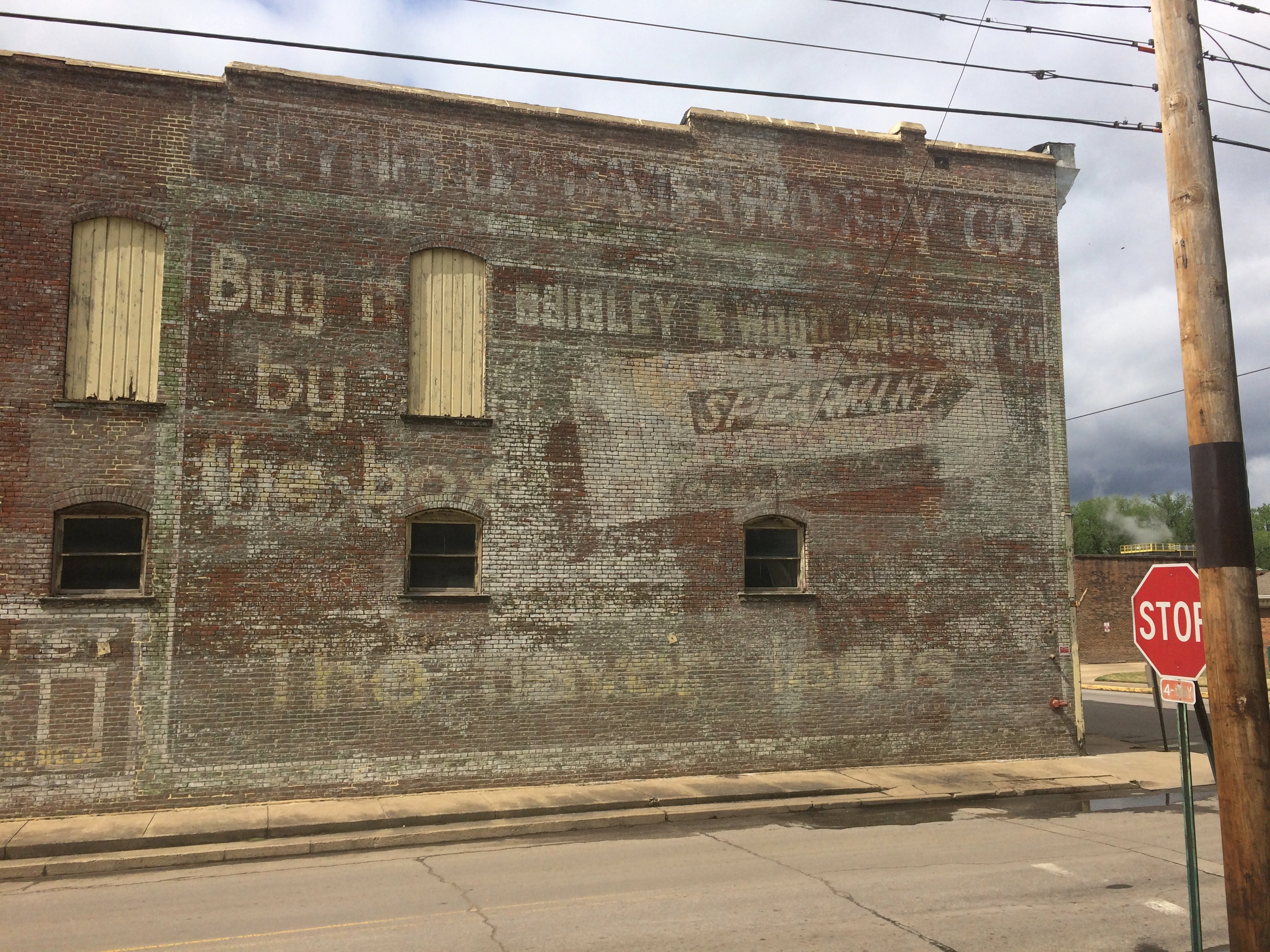Time for a second spring break. It isn’t really spring unless you can squeeze in two. Back to posting around May 19.
Today didn’t much feel like spring, anyway. Cold drizzle. Not that cold, really, but it felt that way after a run of warm days.
I’ve read about people who become eclipse followers. There’s a word for it, at least according to Time: umbraphile. (Time is still a thing?) It’s an impulse I appreciate, but I don’t know that I’ll join them.
On the other hand, Pamplona (say) on August 12, 2026 sounds good in all sorts of ways, so we shall see. I’m not counting on being unshuffled when it comes to this mortal coil on August 12, 2045, which is the timing of the next North American total solar eclipse.
Last month, we passed through Farmington, Missouri, which is the seat of St. Francois County.
The courthouse, fourth on the site, dates from the 1920s. “Innuendoes about fraud led to a grand jury investigation; the solution to the architect’s questionable procedure apparently was resolved by closer supervision,” says the University of Missouri about Norman Howard of St. Louis, the architect of the current courthouse.
There’s a story in that line, the details of which may be lost to time.
Who can you see outside an antique store on the main street of Potosi, Missouri? Betty!
Who can you see on the wall of the Laura Ingills Wilder Home in southern Missouri?
A young Rose Wilder Lane, Laura’s daughter and a writer herself, and apparently a foremother of modern libertarianism.
Spotted in downtown Nacogdoches. 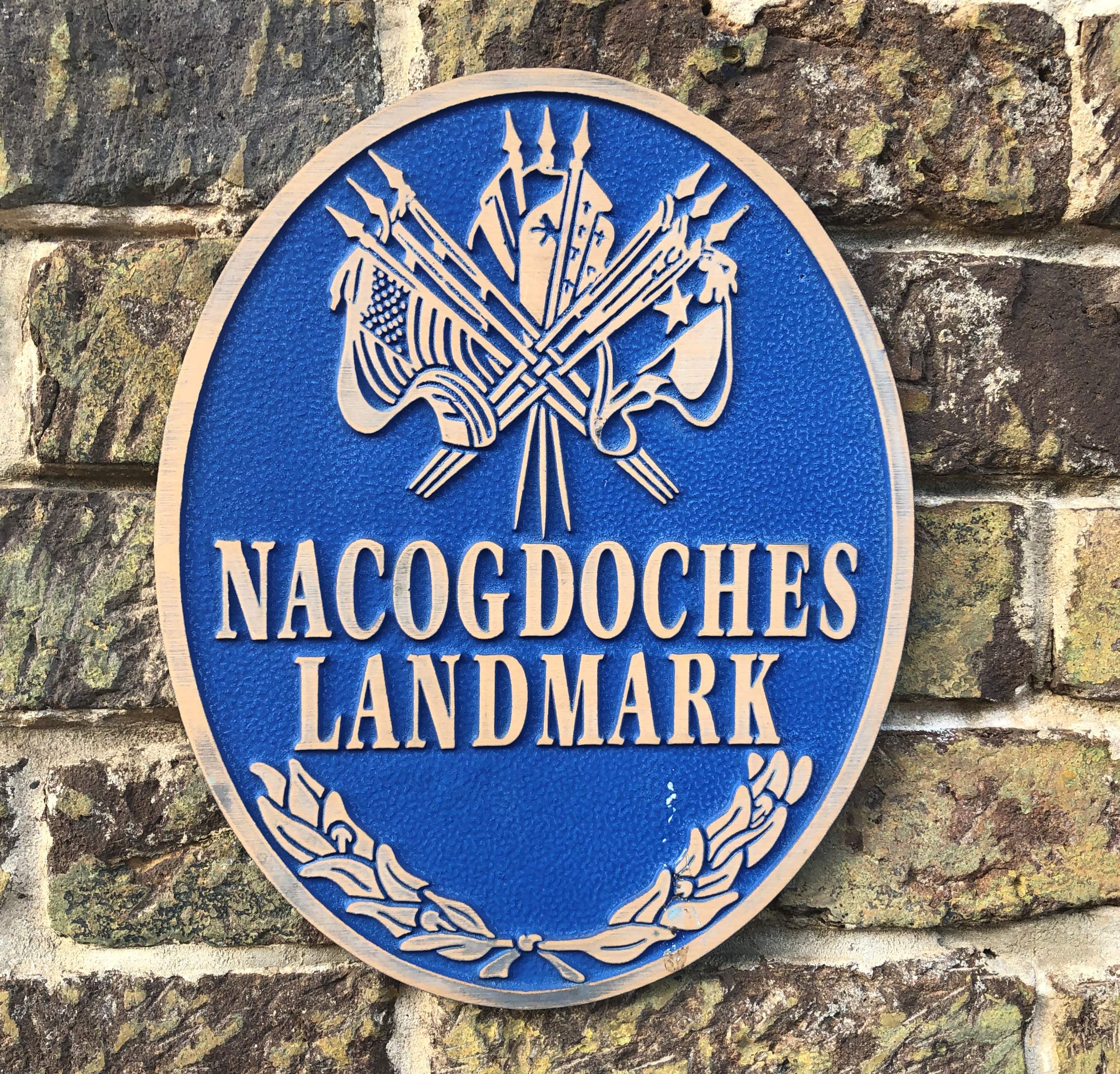
That’s a nicely designed memorial plaque. Showing the nine flags over Nacogdoches; the usual six in Texas lore, plus three more localized ones raised during various rebellions.
Did I make note of the landmarked building? It was nice enough, but not memorable. Lone Star Feeds, on the other hand —
A pet food plant, about 50 years old now.
For sale in Logansport, Louisiana.
“Vintage oil tank,” yours for $200, as of April.
One of the murals I saw in Shreveport was prominently signed.
Your tax dollars at work: funding by the National Endowment for the Arts. Actually, that strikes me as a good way to spend a minuscule amount of federal dollars.
A redevelopment opportunity in Hot Springs, Arkansas.
That would take some serious coin, but maybe it could work. Step one, hire that structural engineer to do a report.
If you have the urge for barbecue in Hot Springs, this place will satisfy. Cookin Q since ’52.

The sort of place with license plates on the wall.
All that is window dressing. The ‘cue is the thing, and Stubby’s has lasted so long for a reason.
On the side of the road on highway Arkansas 7, part of a wayside park.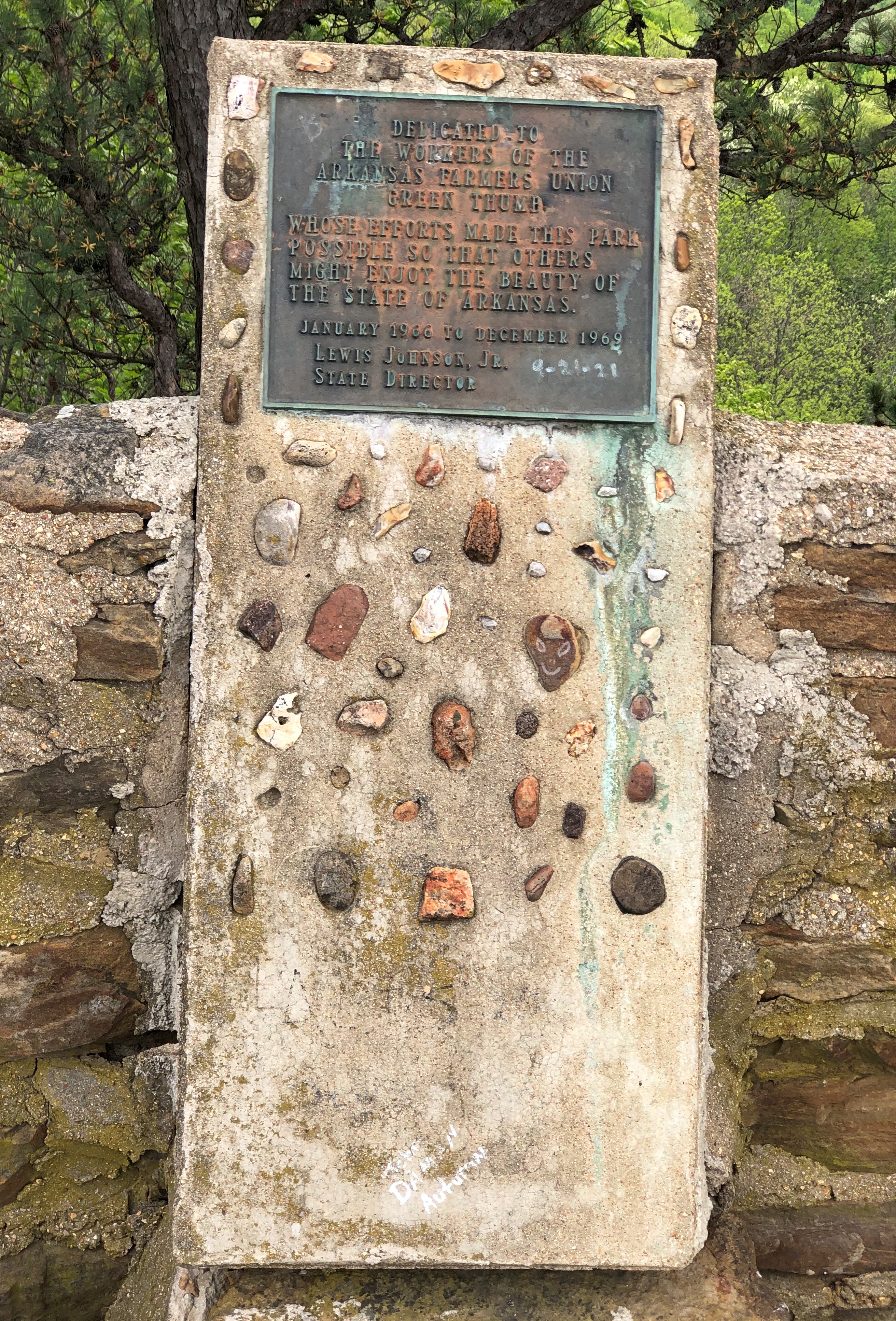
The plaque reads:
Dedicated to the workers of the Arkansas Farmers Union Green Thumb whose efforts made this park possible so that others might enjoy the beauty of the state of Arkansas. January 1966 to December 1969. Lewis Johnson, Jr. State Director.
Green Thumb?
“Green Thumb was the first nonprofit organization to run a jobs program for disadvantaged rural Americans in response to the War on Poverty,” the union says, beginning in 1966, employing low-income rural residents to build things, something like the WPA or the CCC did. By the ’80s, Green Thumb had vanished.
At Uranus, Missouri, off I-44, Yuriko was driving and I happened to have my phone handy. We were too tired to stop.
I’d driven by Uranus a few times, but not stopped. Something like the Snake Farm on I-35 between Austin and San Antonio. Clearly, I need to visit sometime. Uranus, that is. Maybe the Snake Farm, too.
“Beyond the appeal of what [Uranus owner Louie Keen] insisted was very good fudge, Uranus enticed travelers as a kind of dysfunctional, self-contained utopia, like South of the Border and Da Yoopers,” Roadside America says.
“Uranus, said Louie, was the kind of place tourists want to find on a road trip, with life-size dinosaurs, cheesy photo-ops, ridiculous souvenirs, two-headed freaks, the World’s Largest Belt Buckle, and various shops and attractions such as a hatchet-hurling venue named The Uranus Axehole.”




